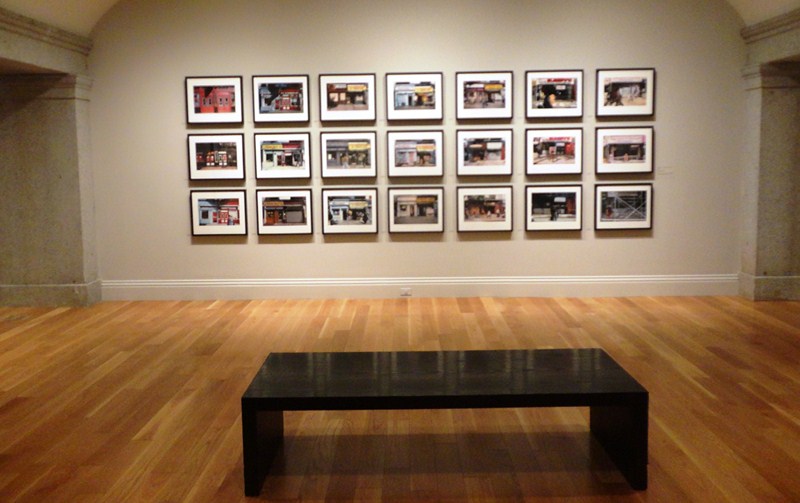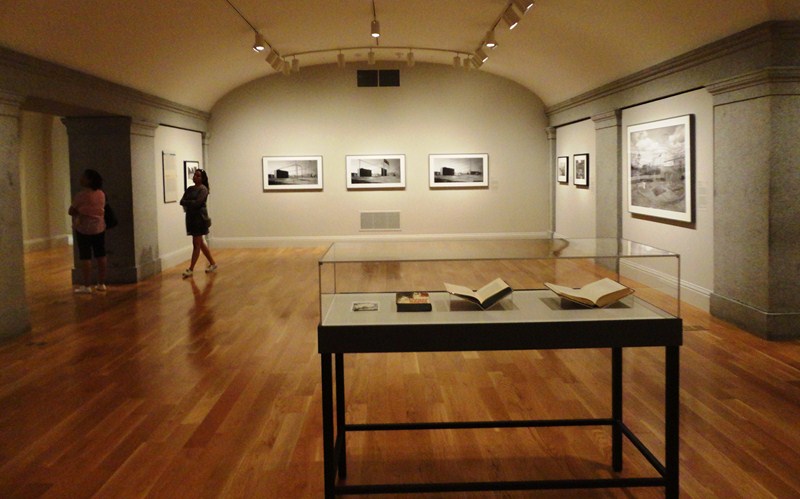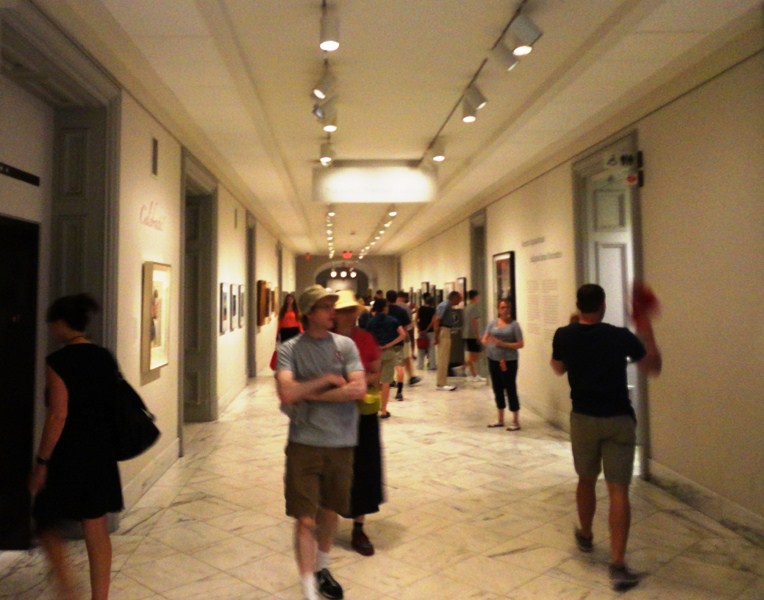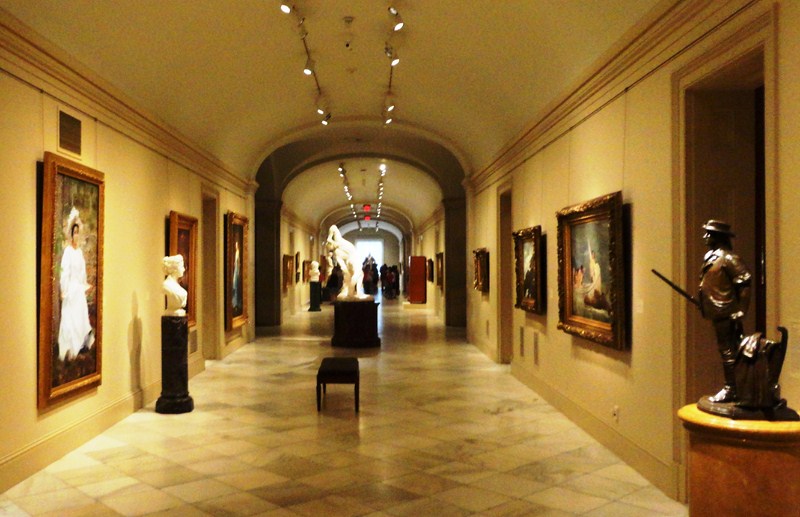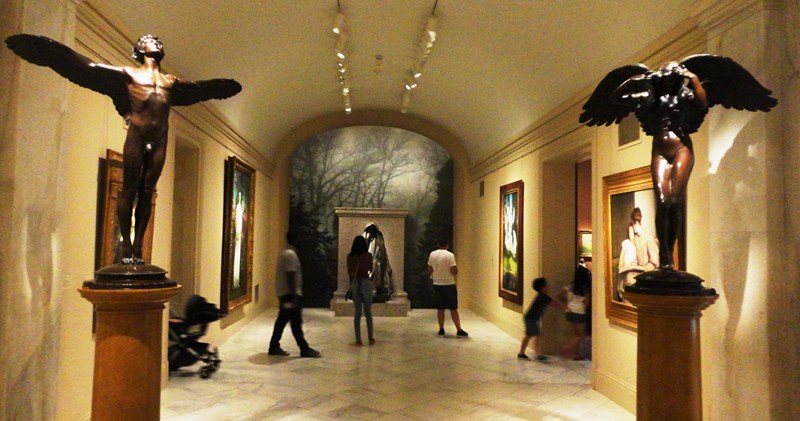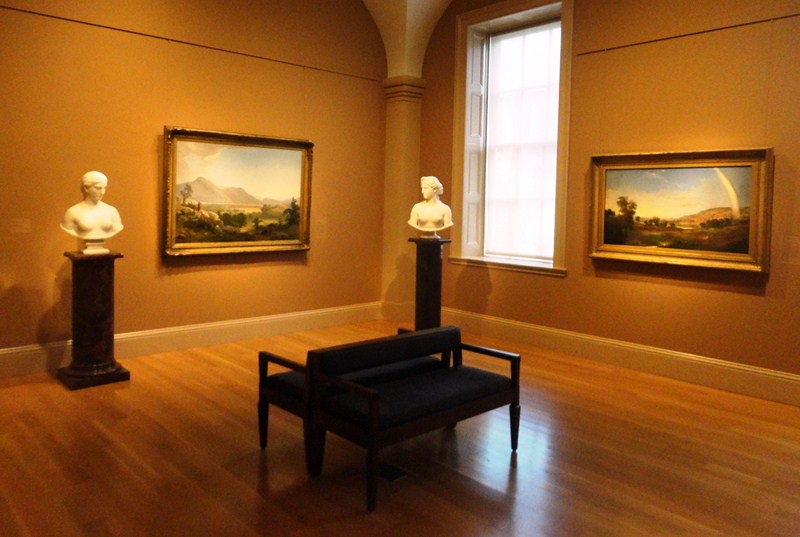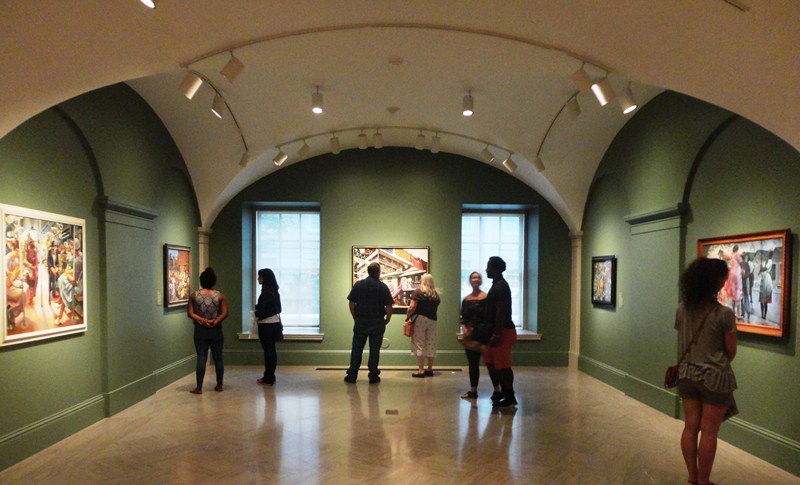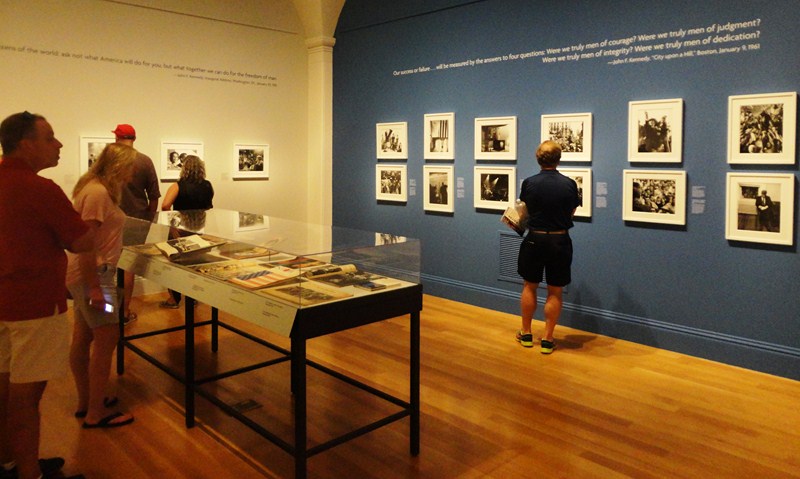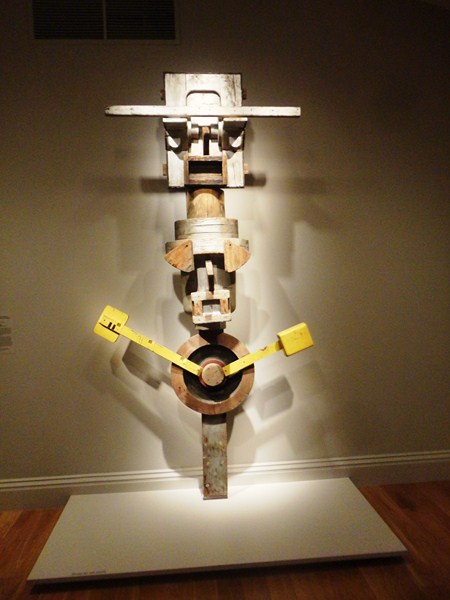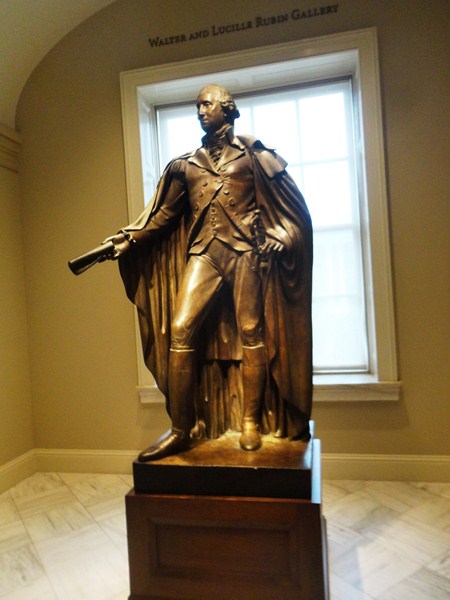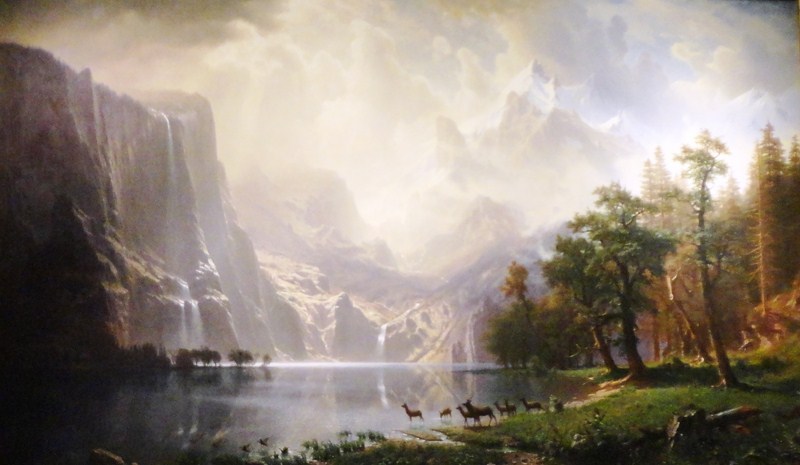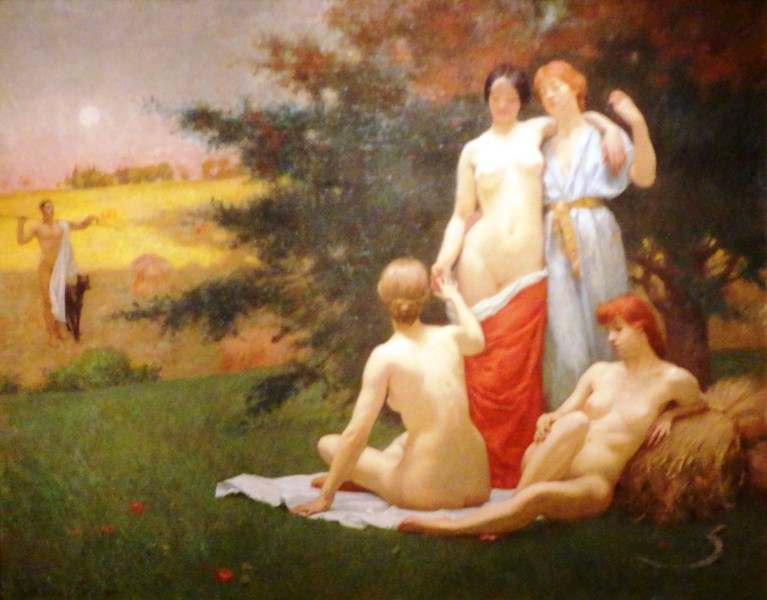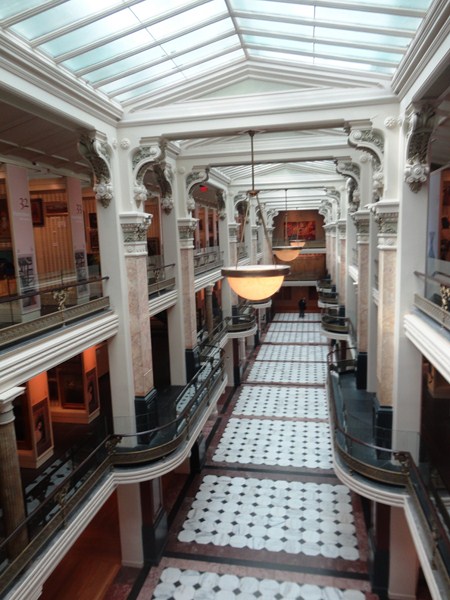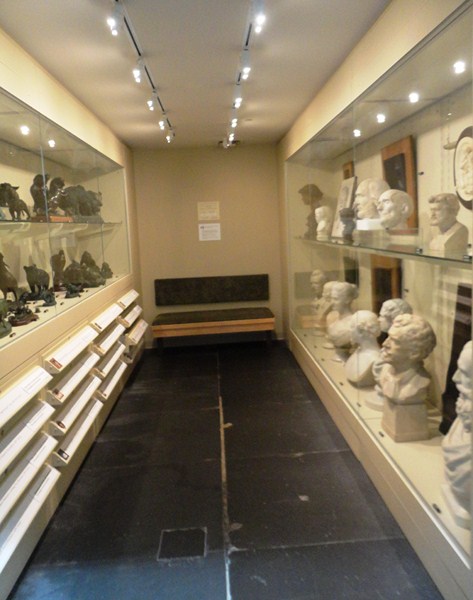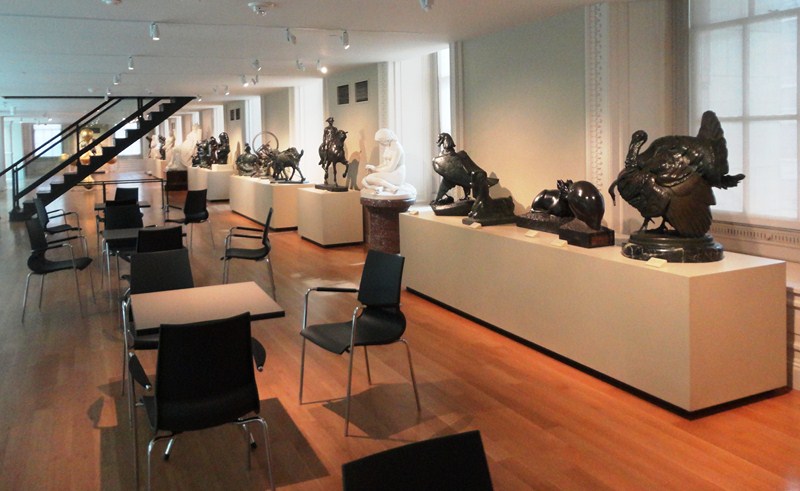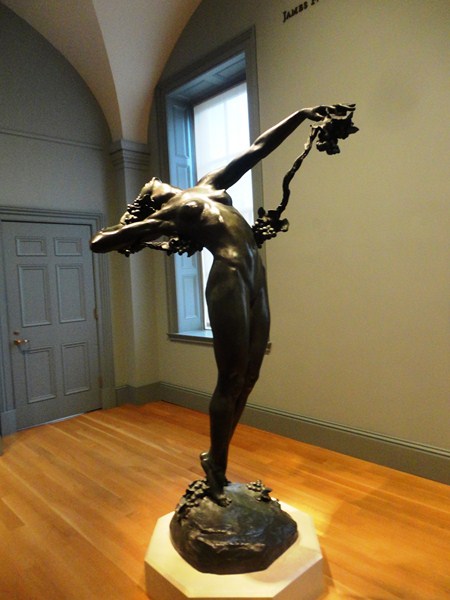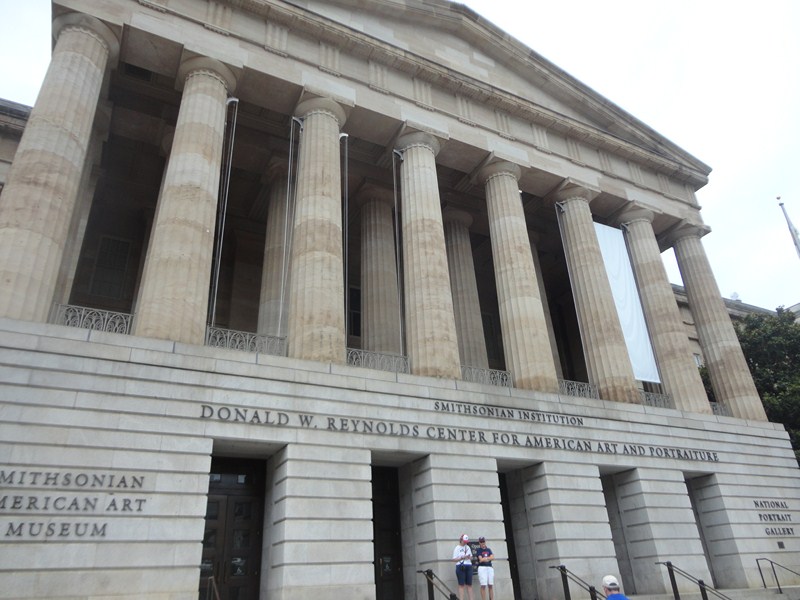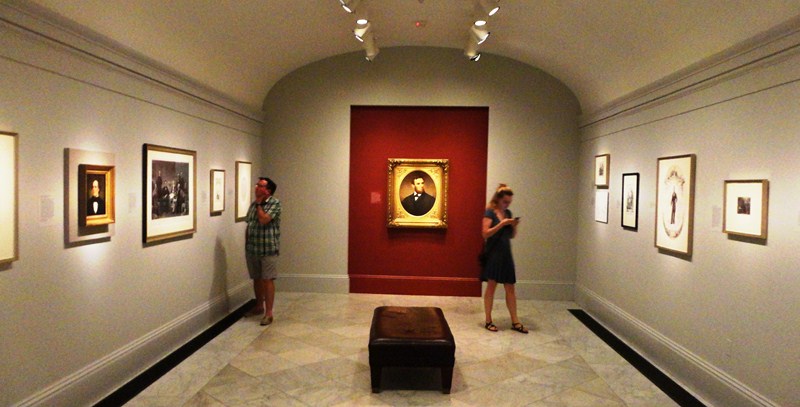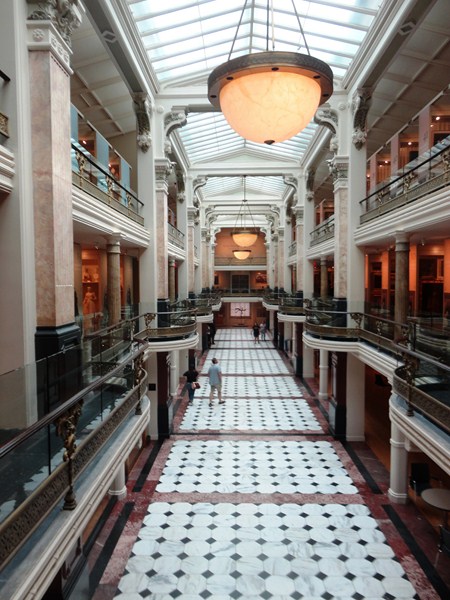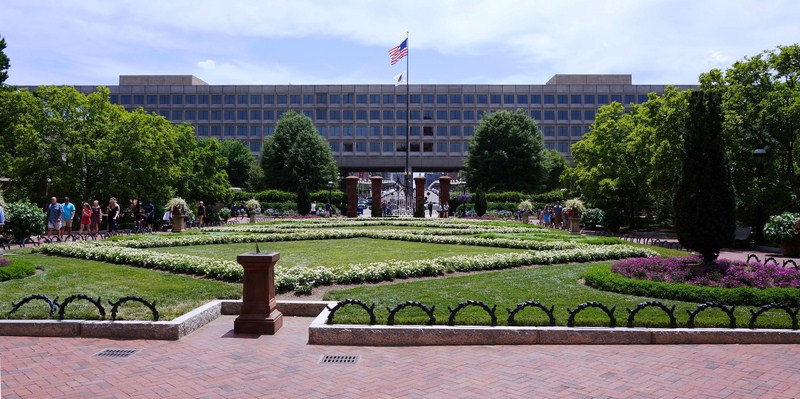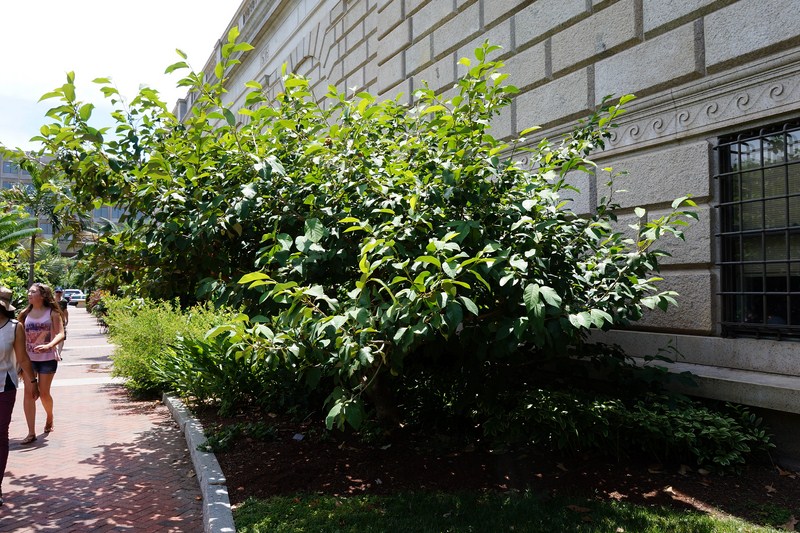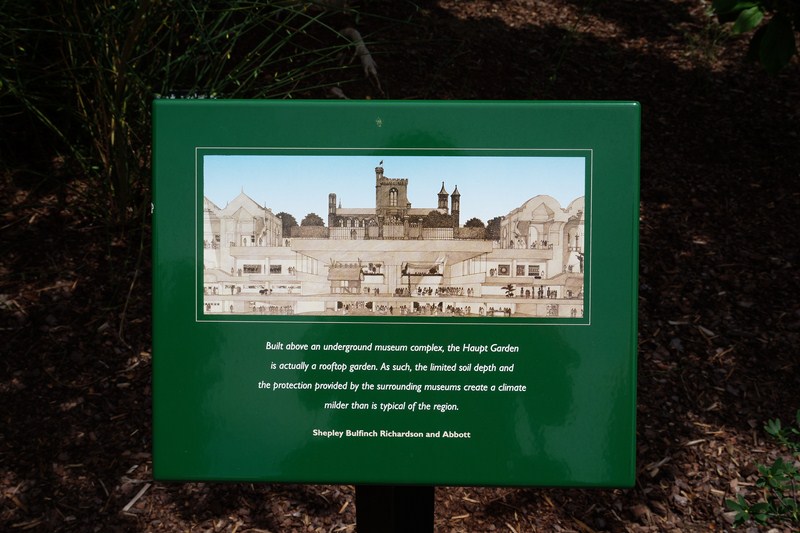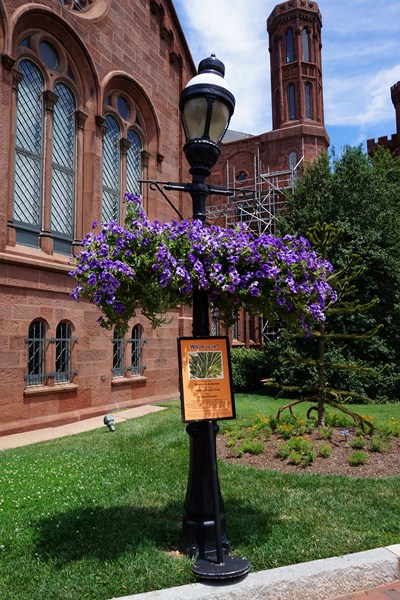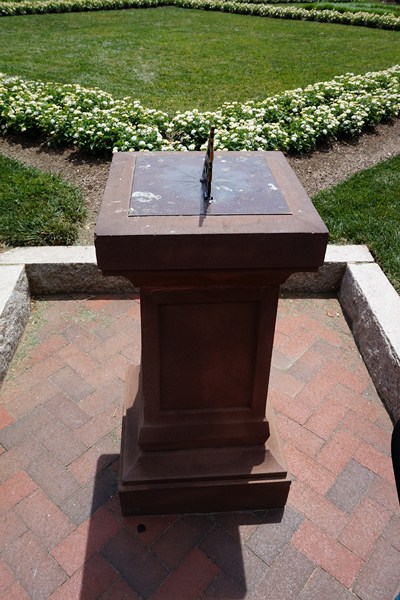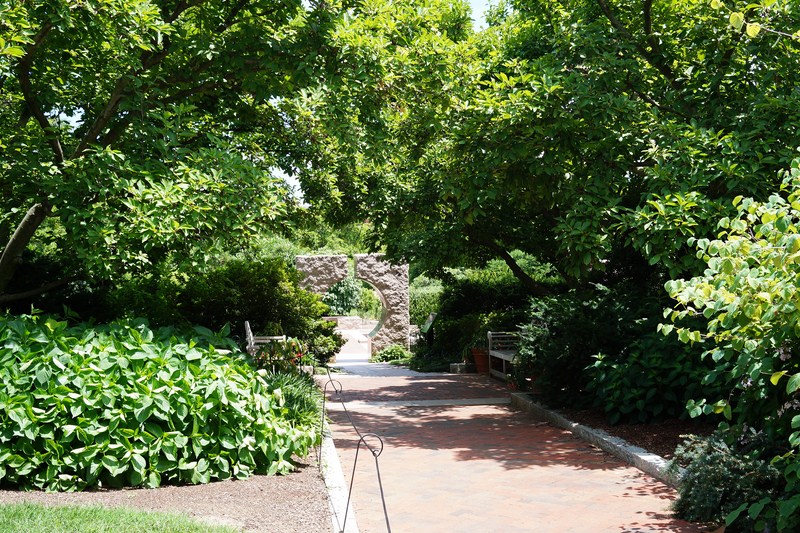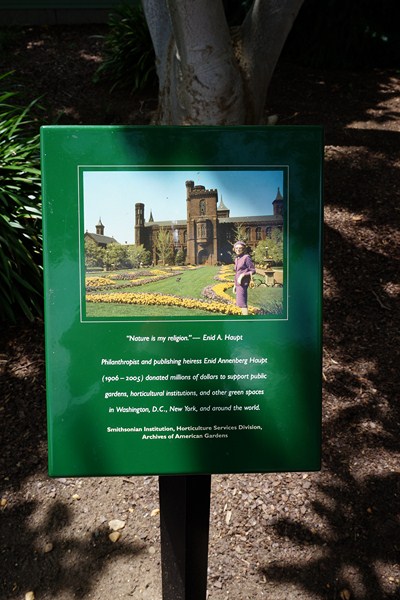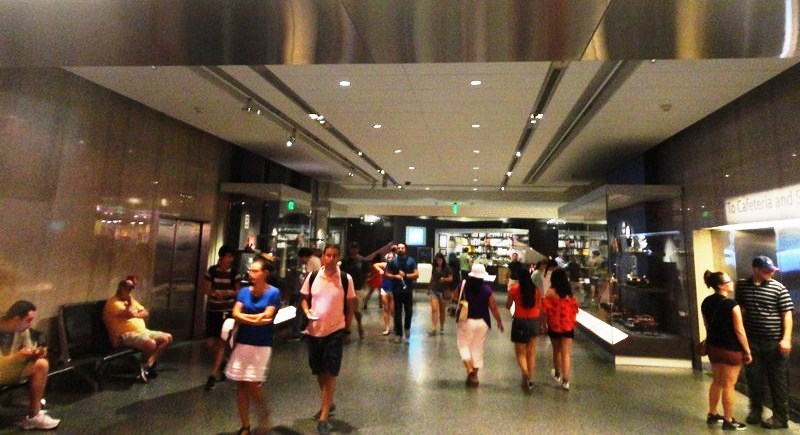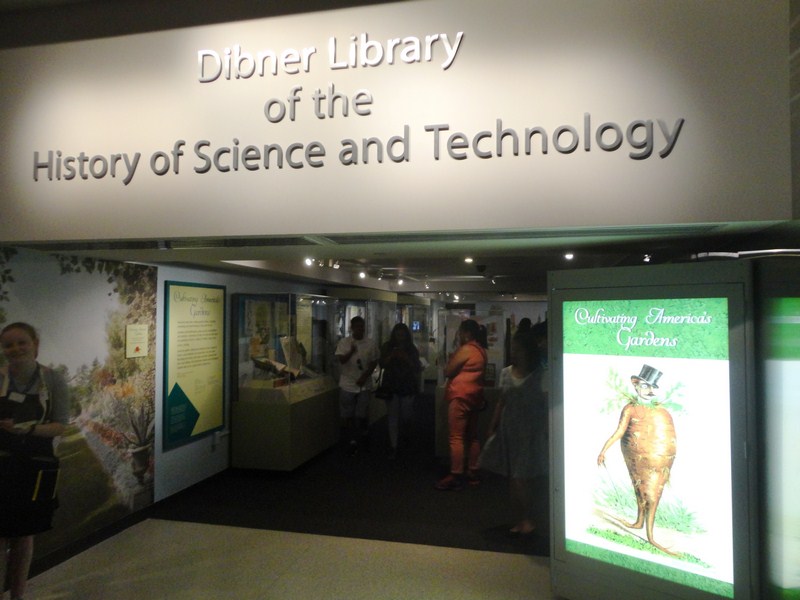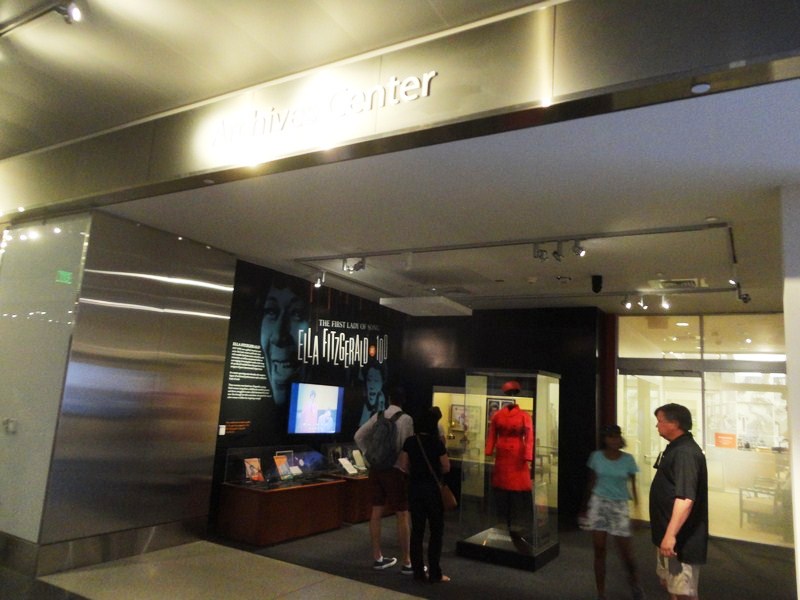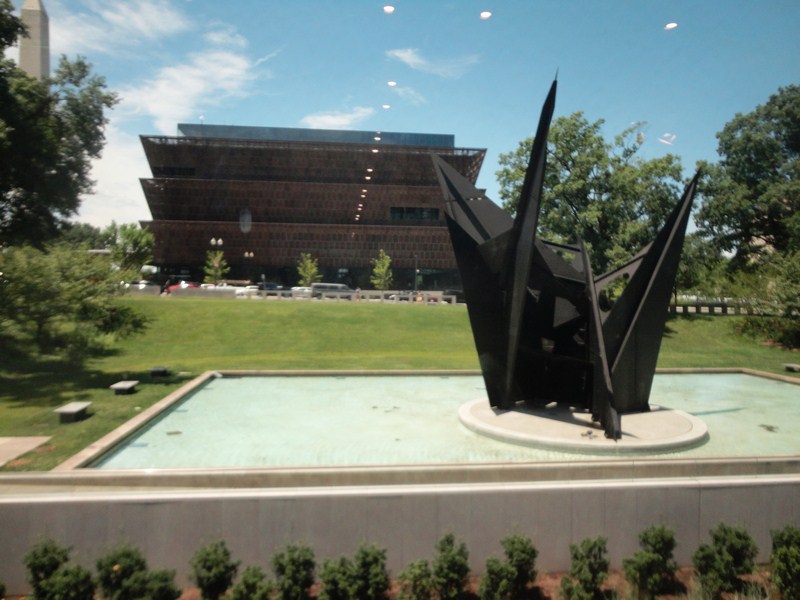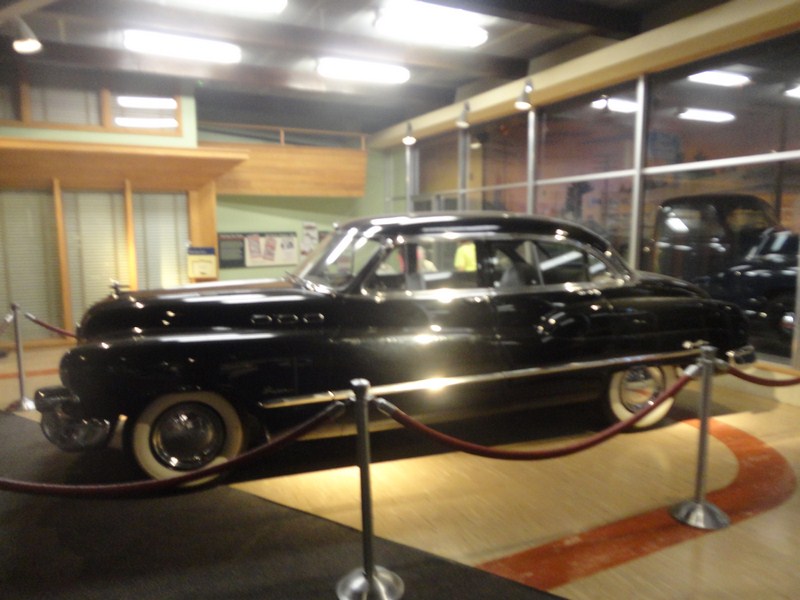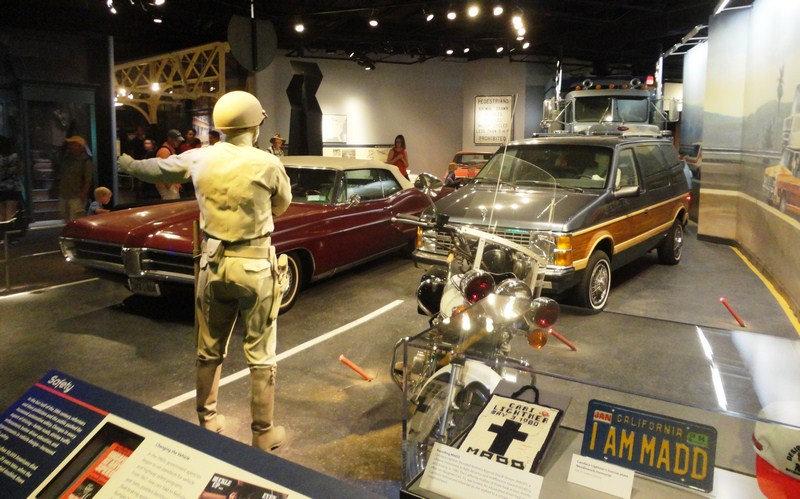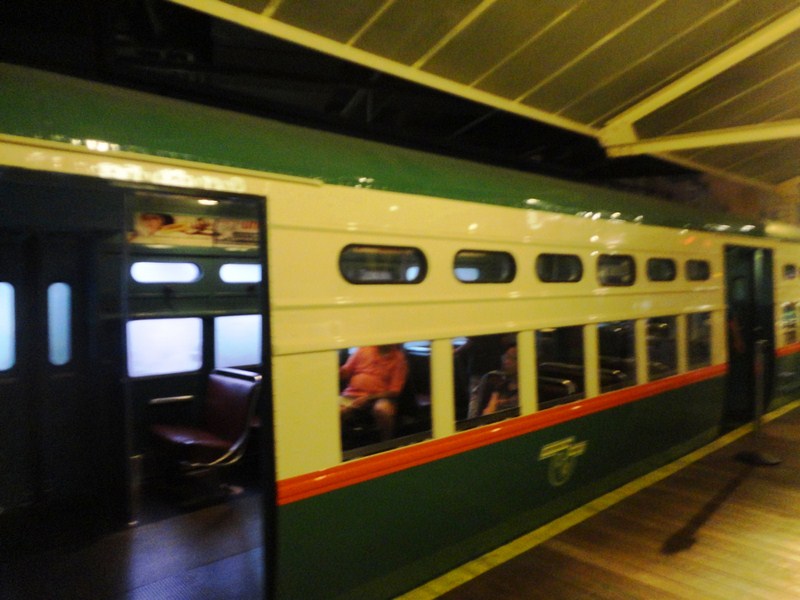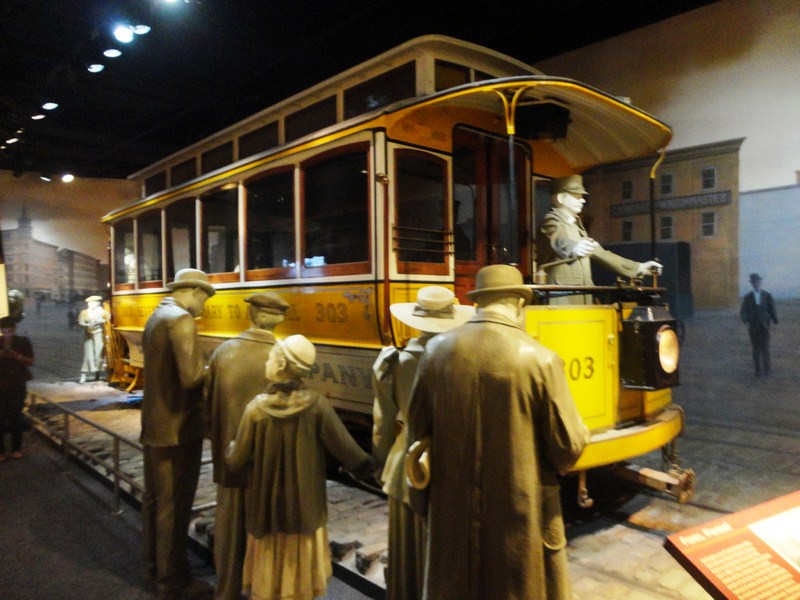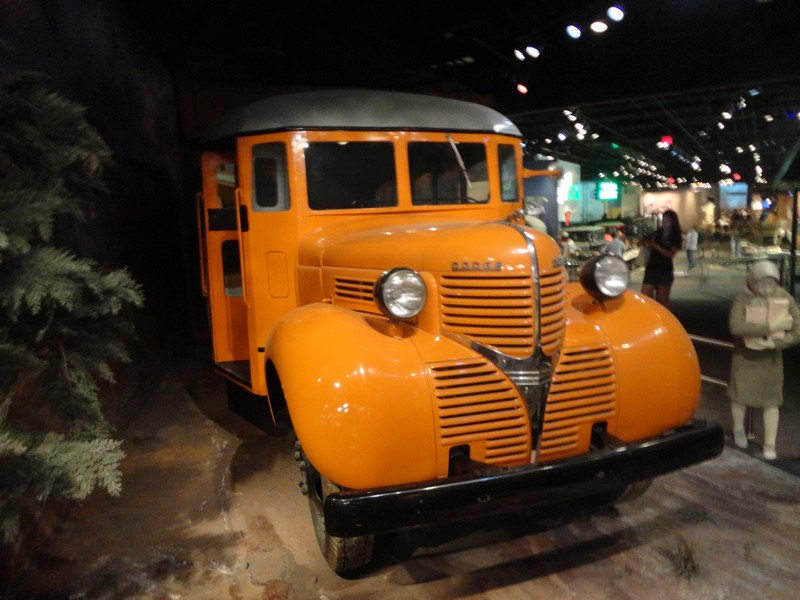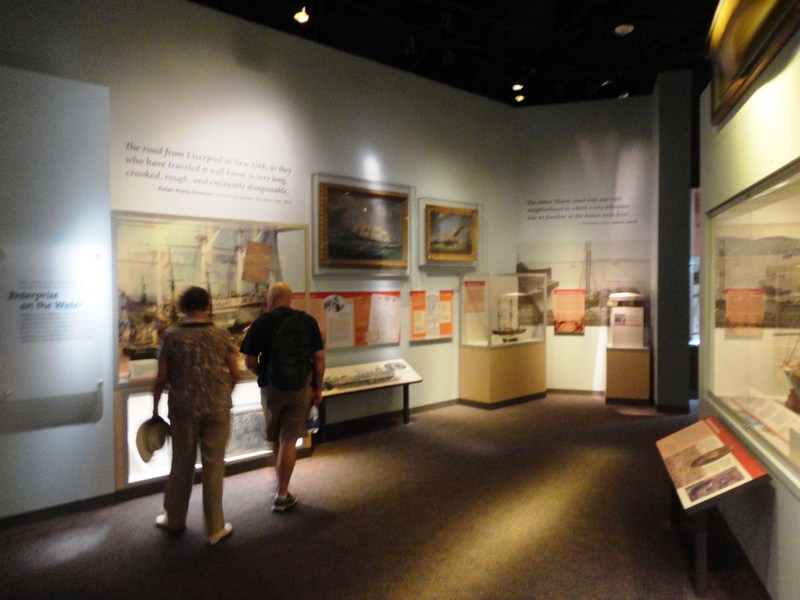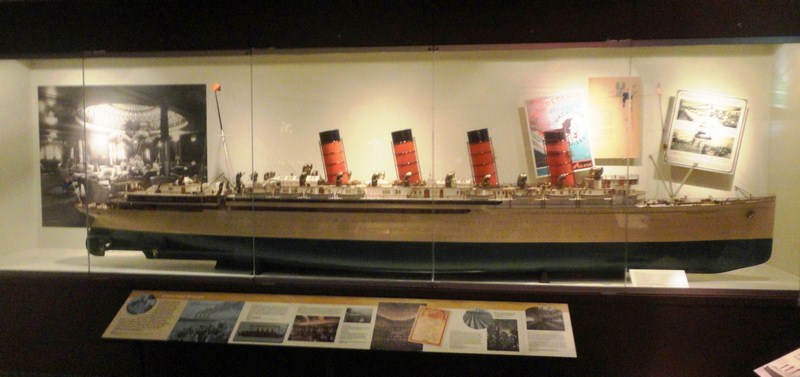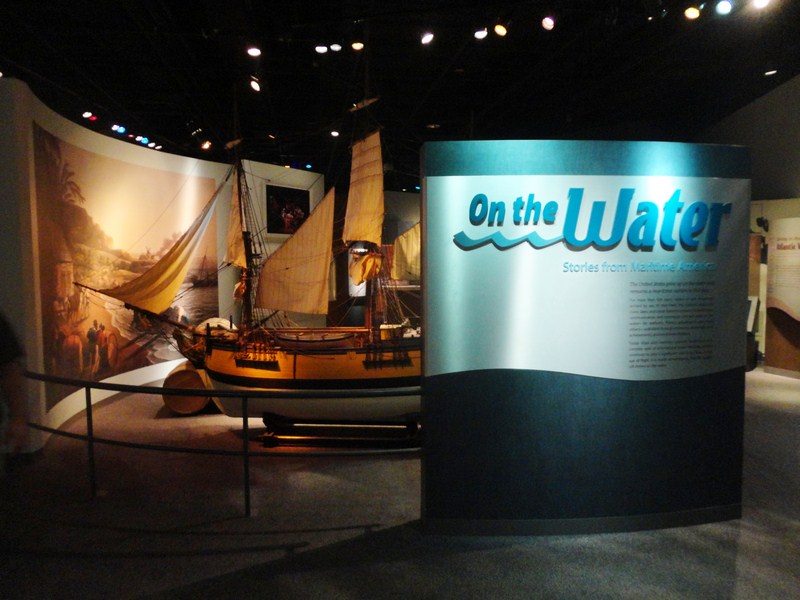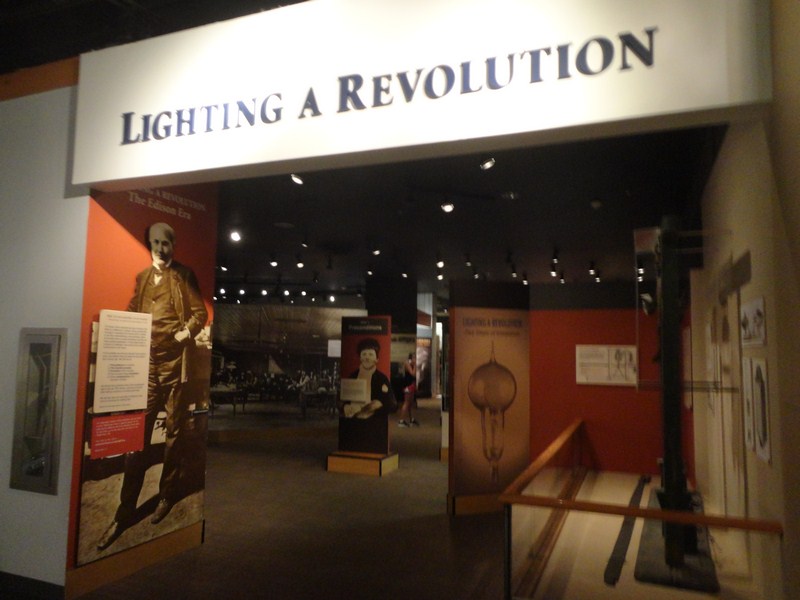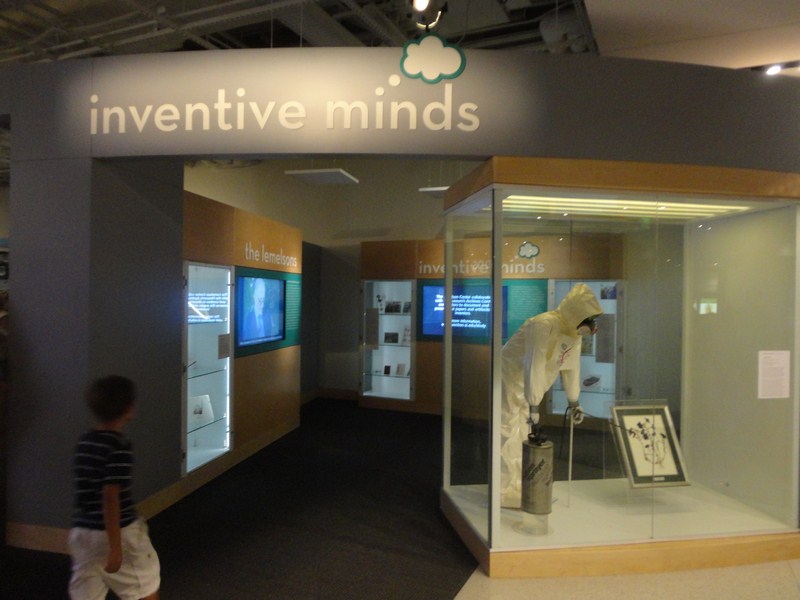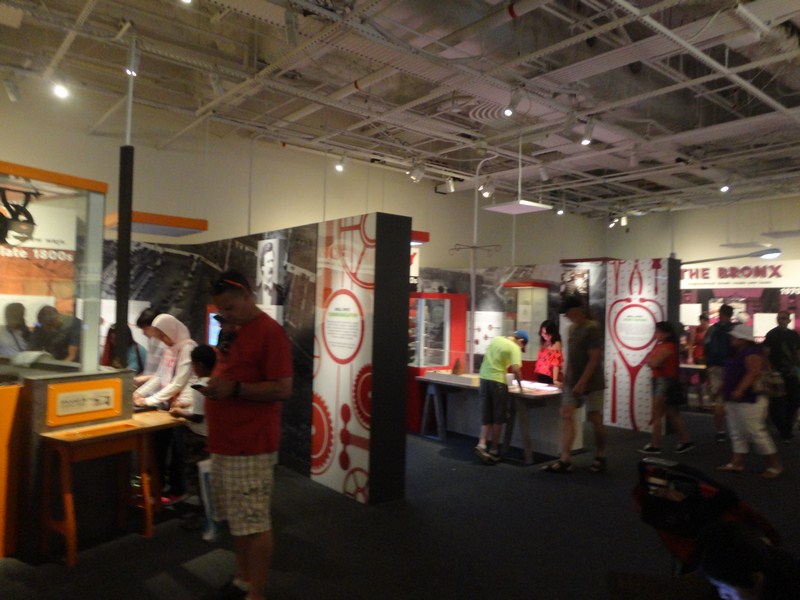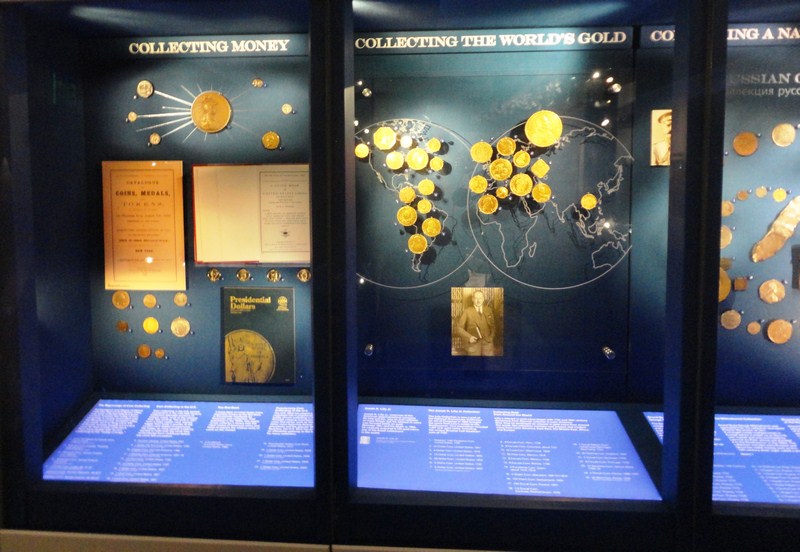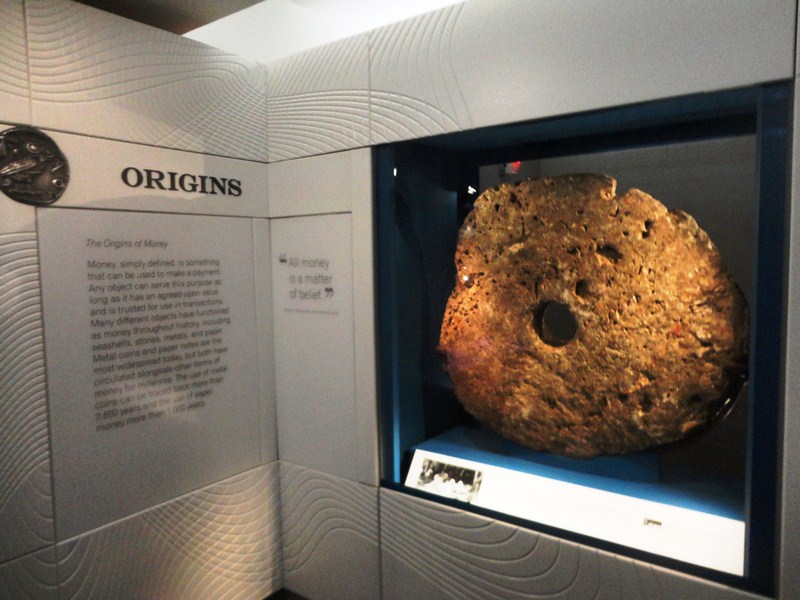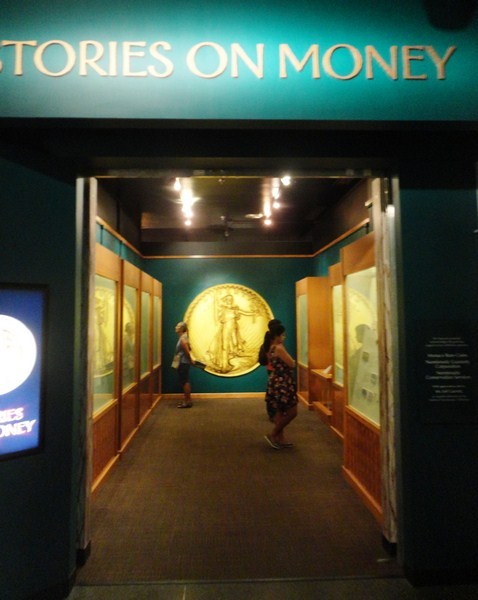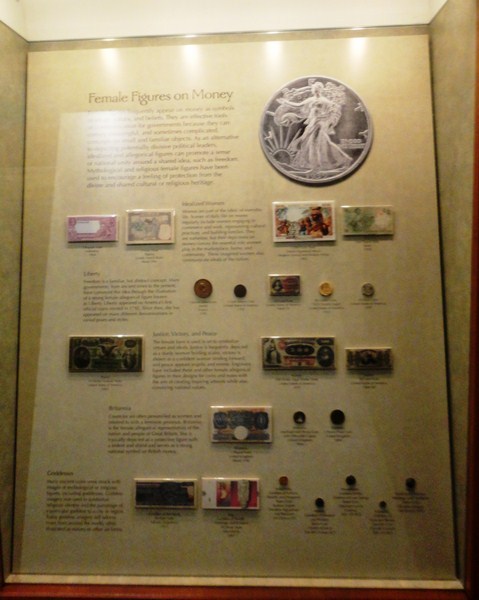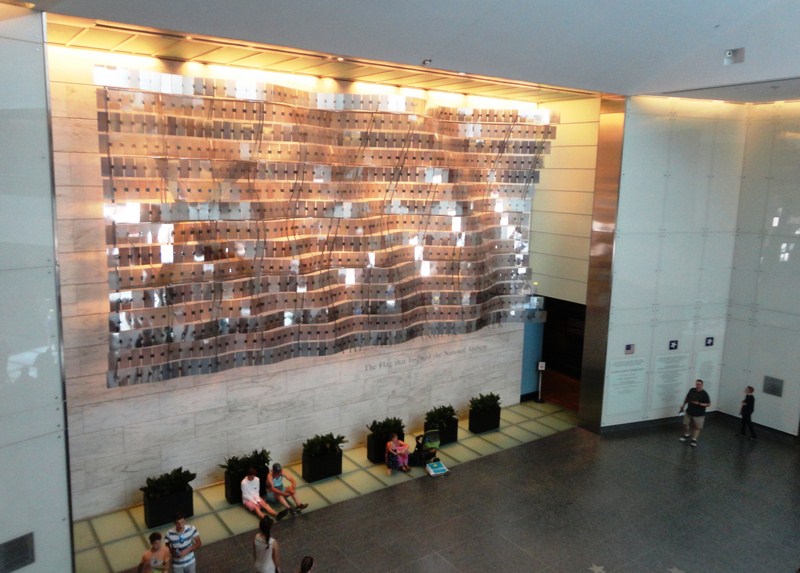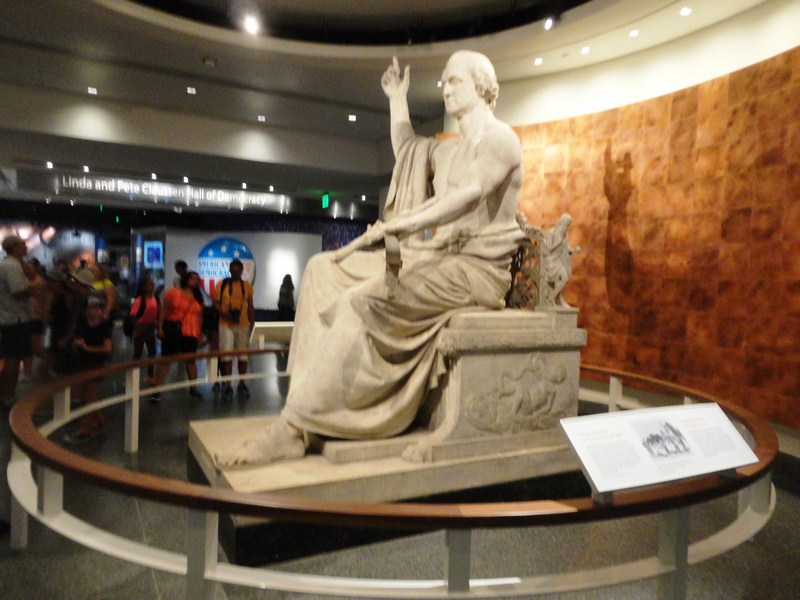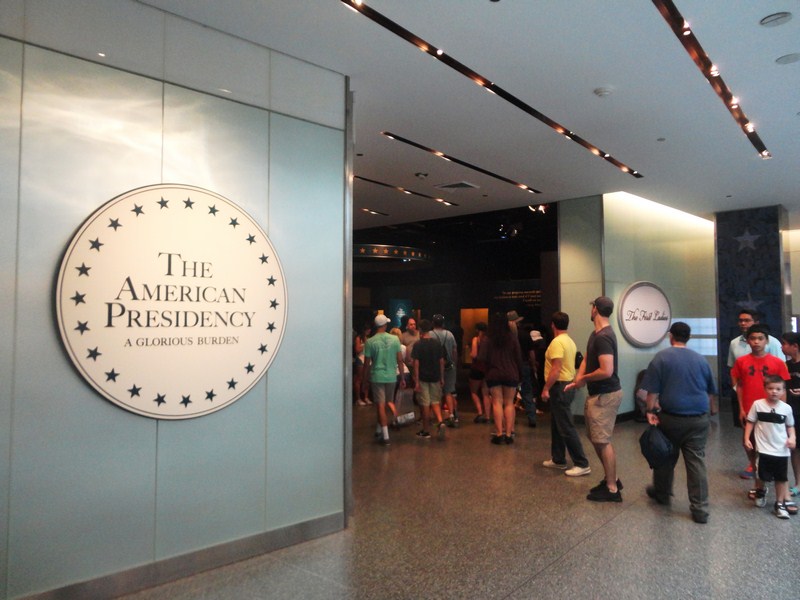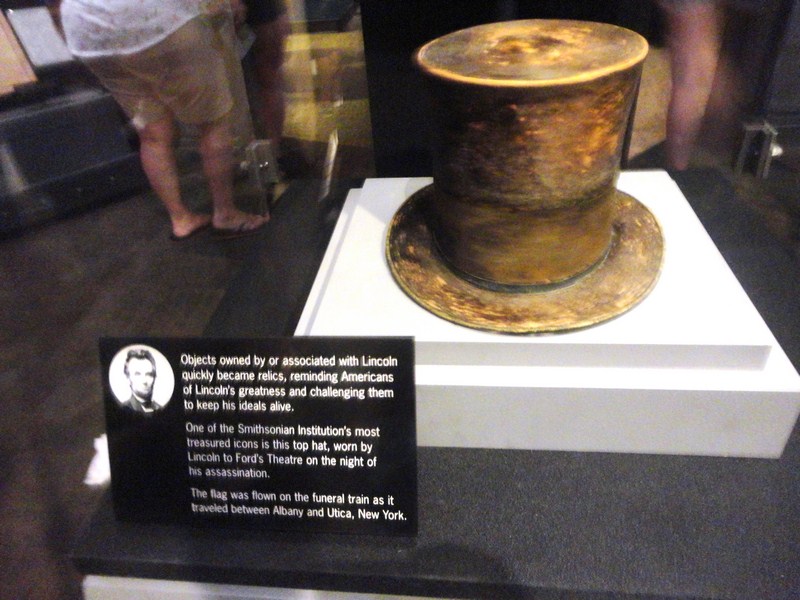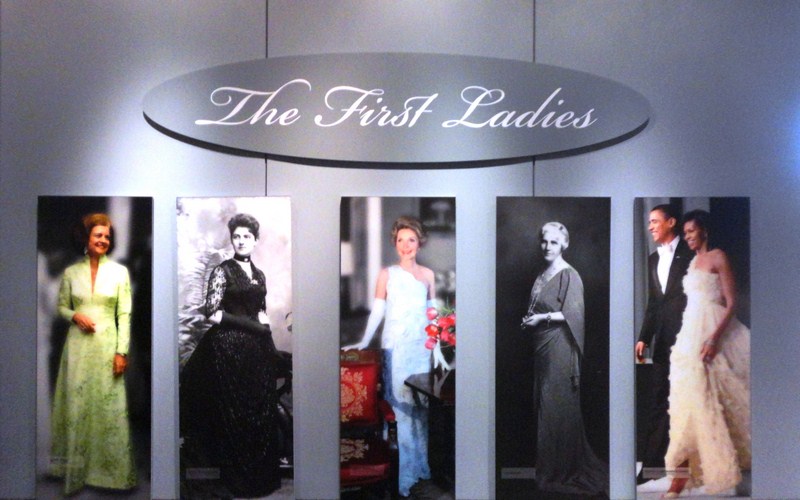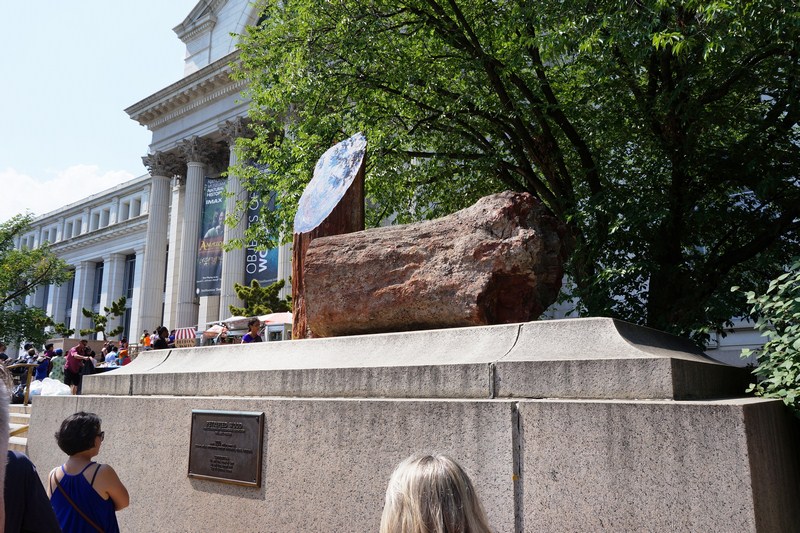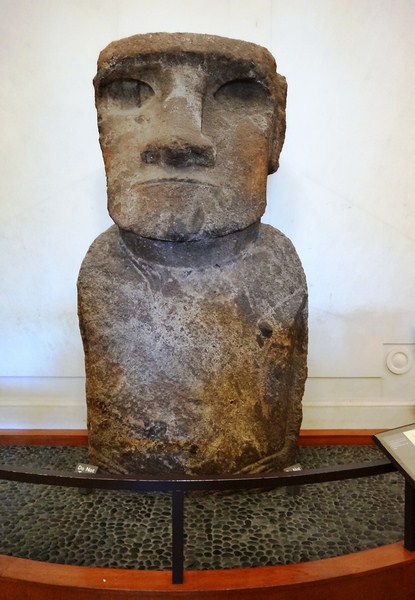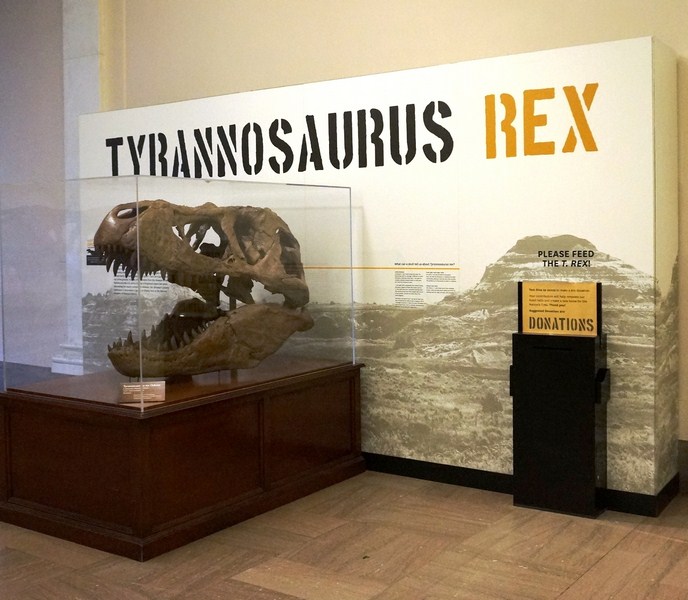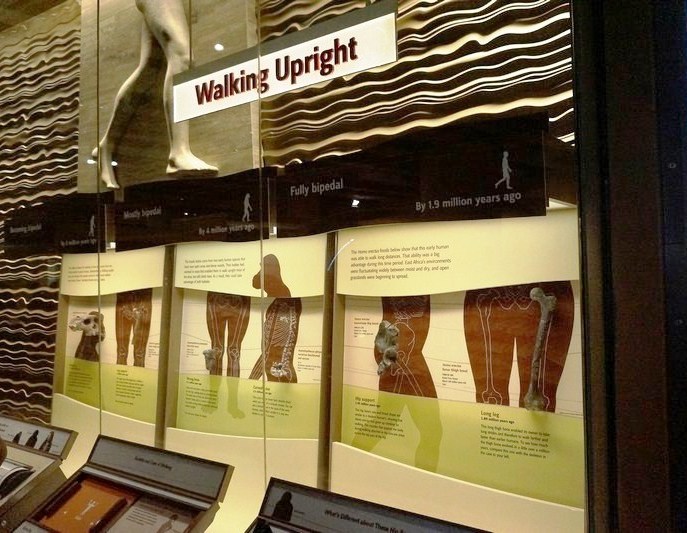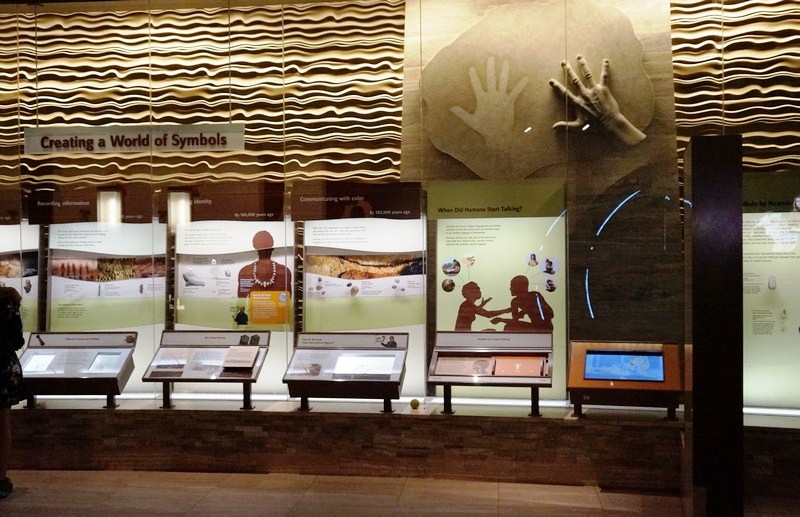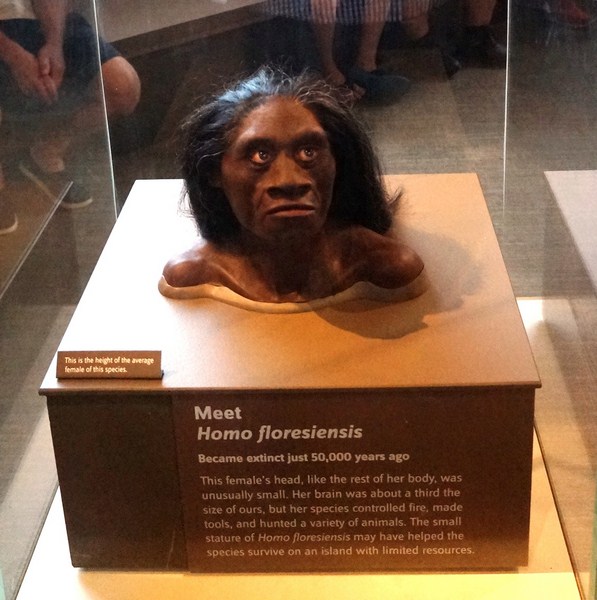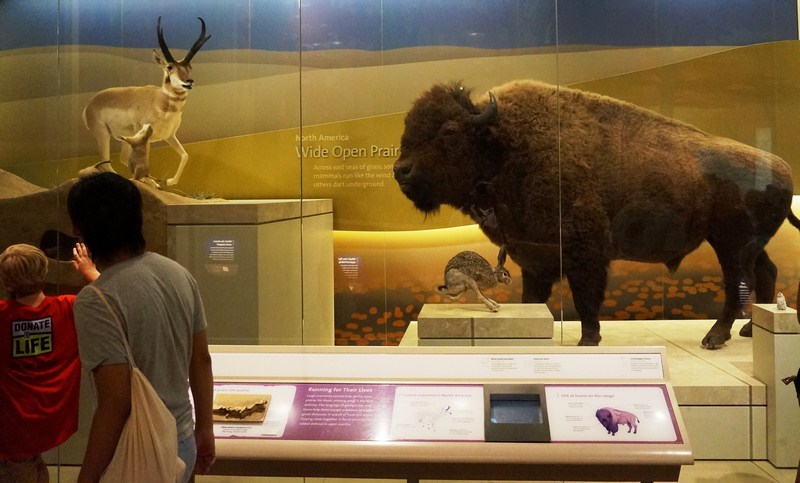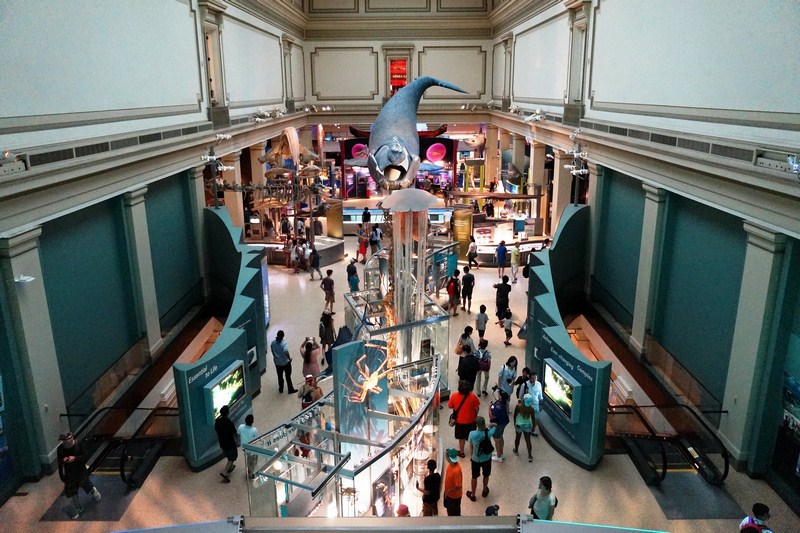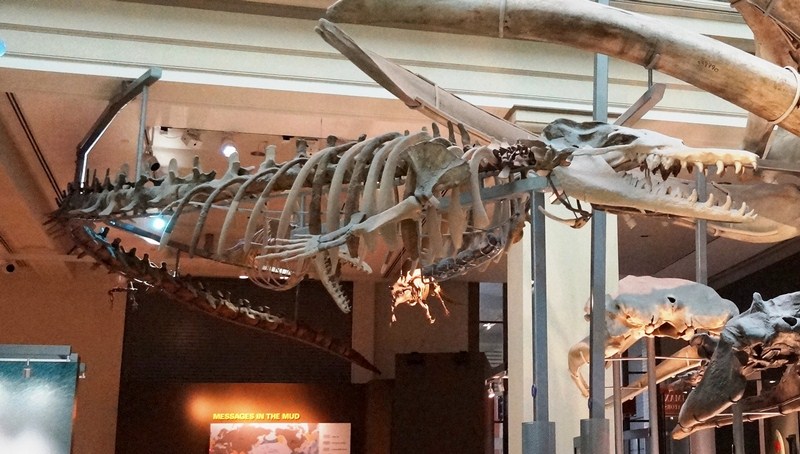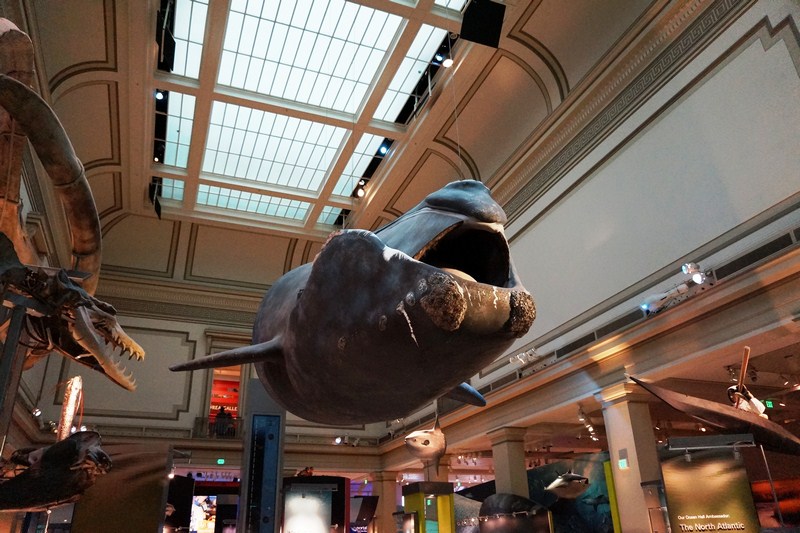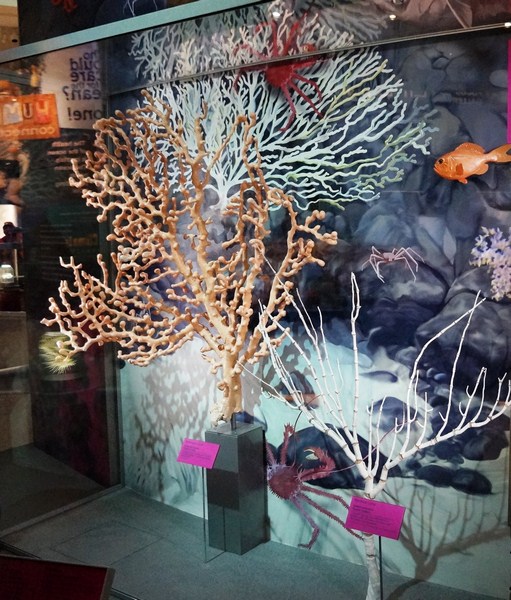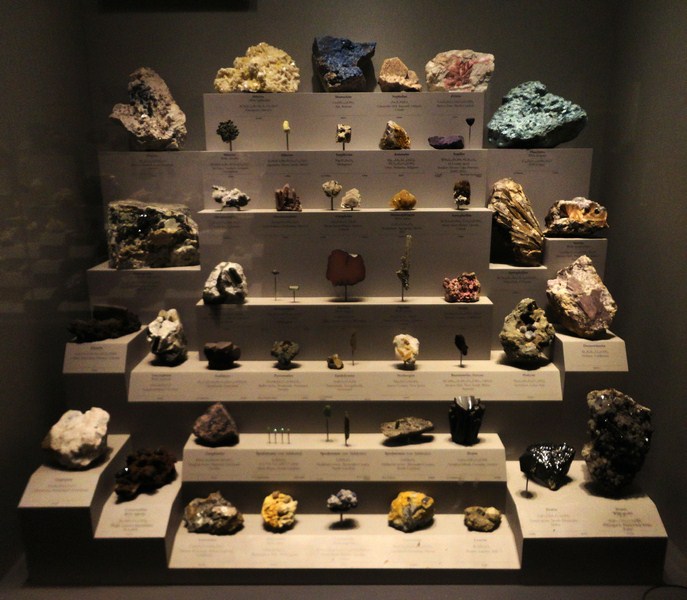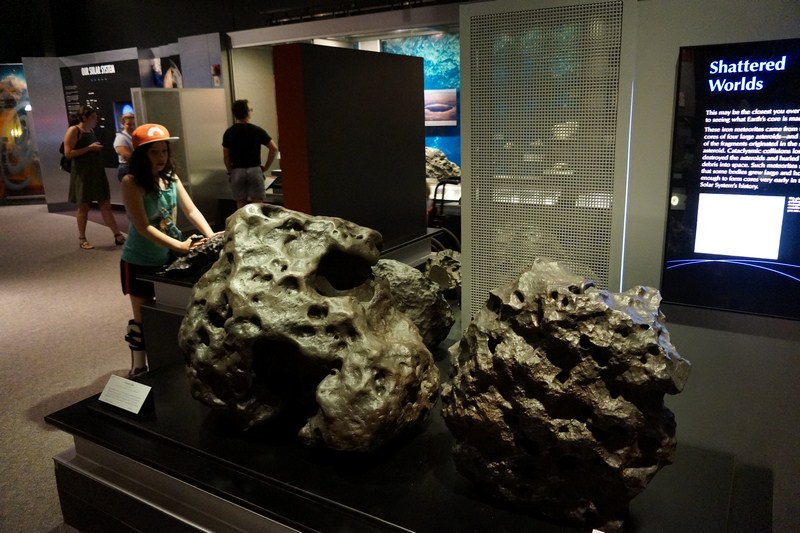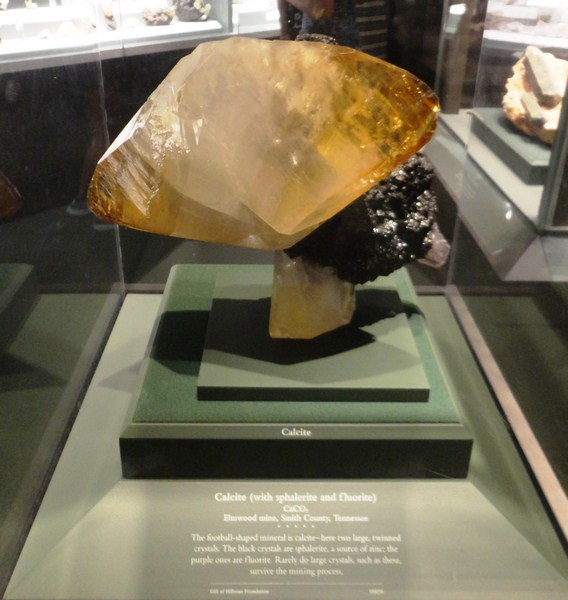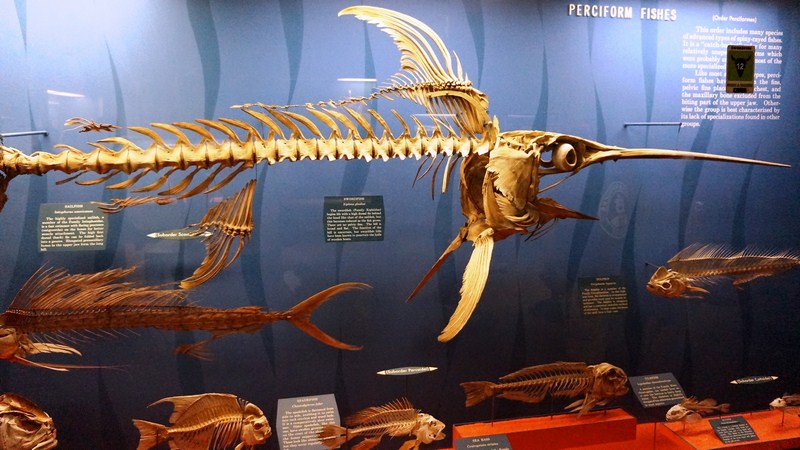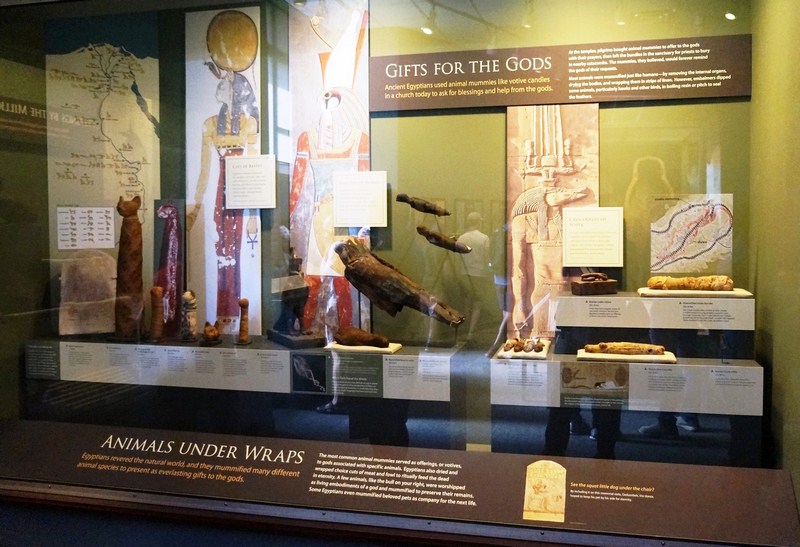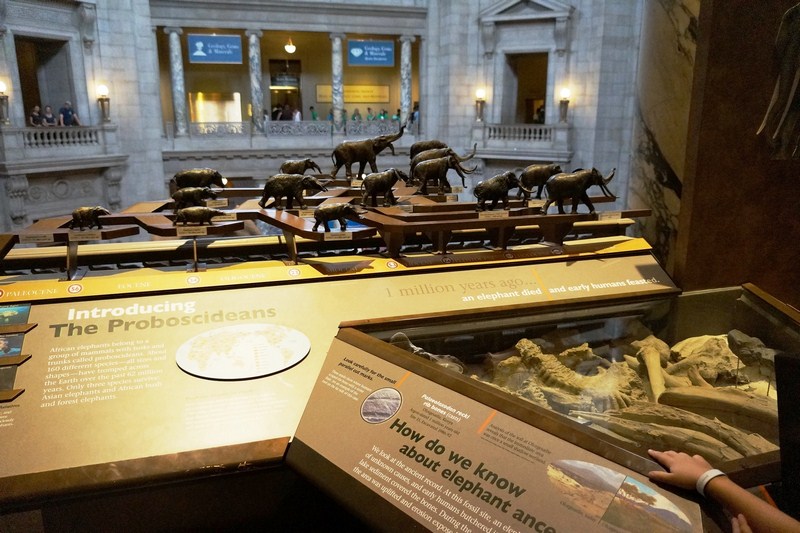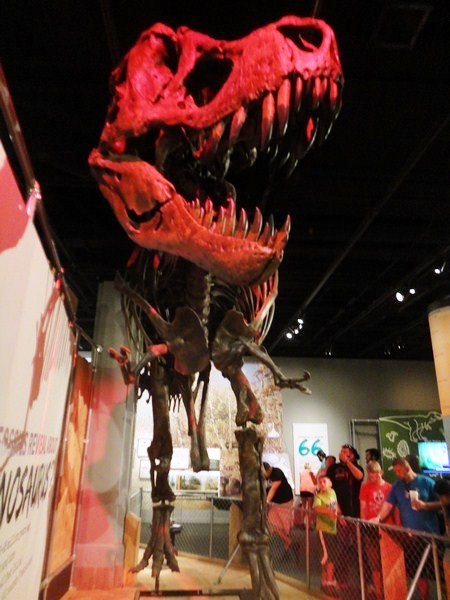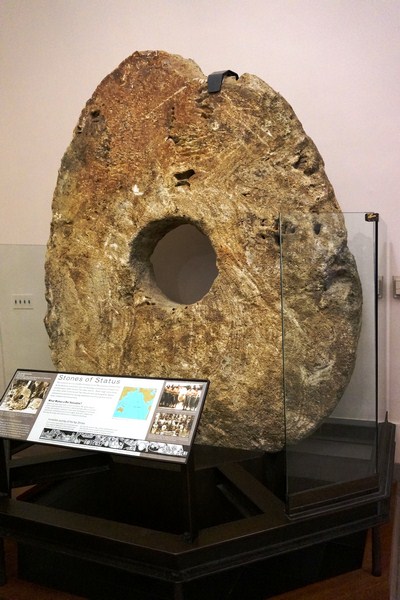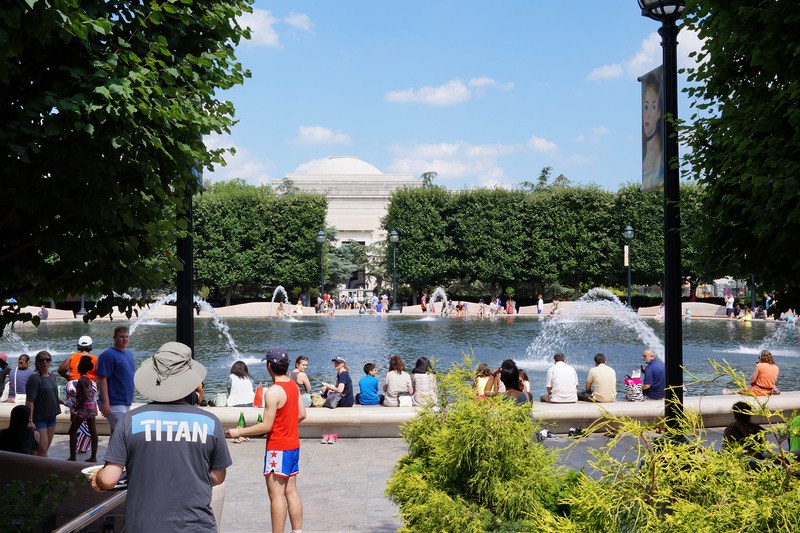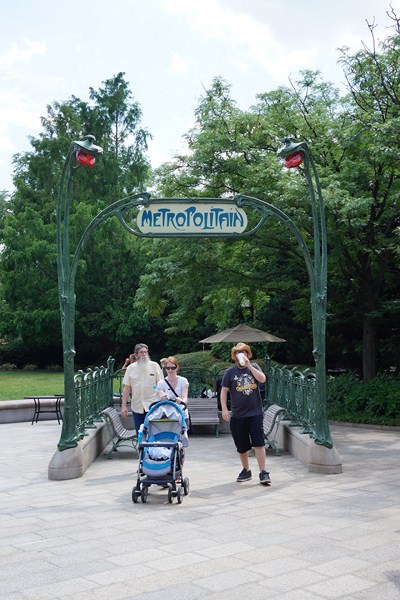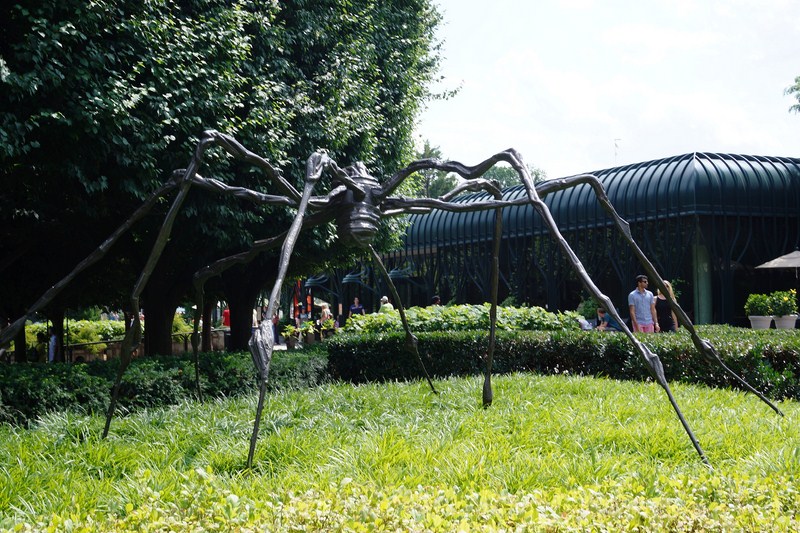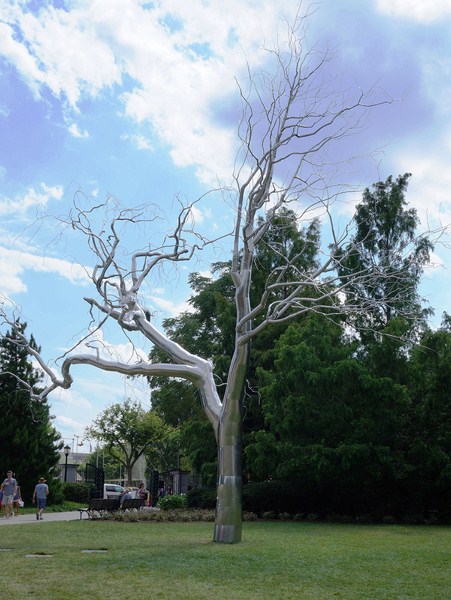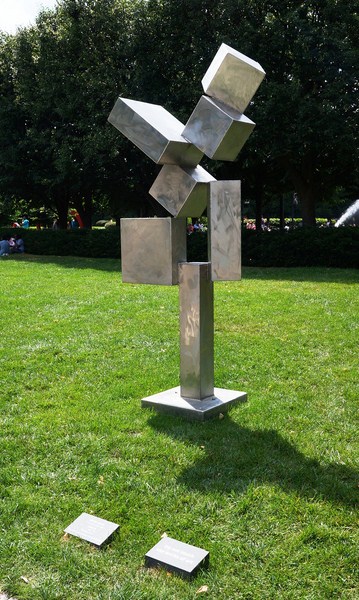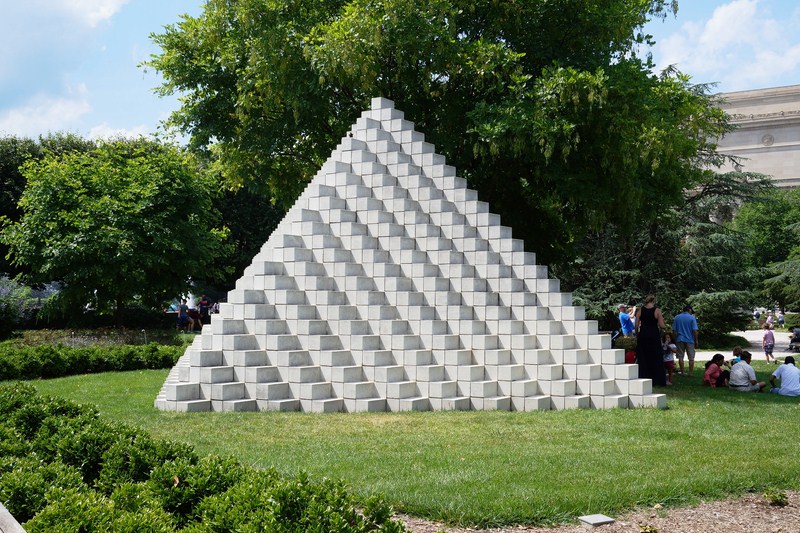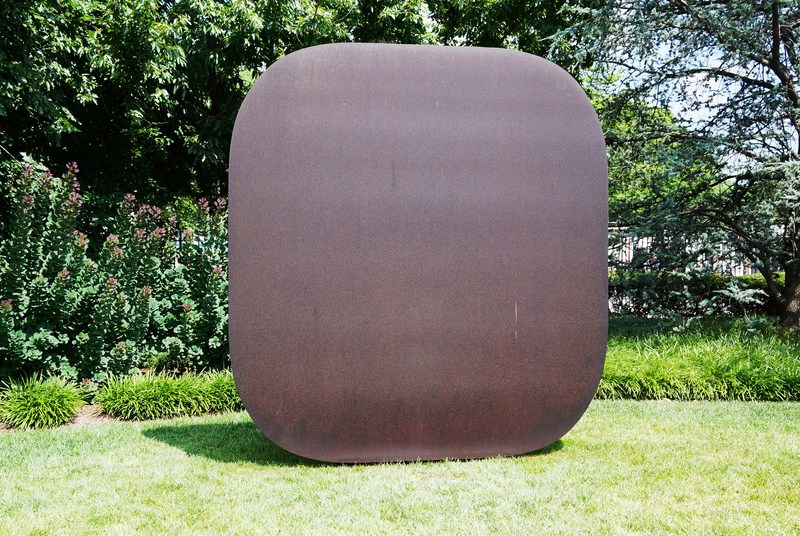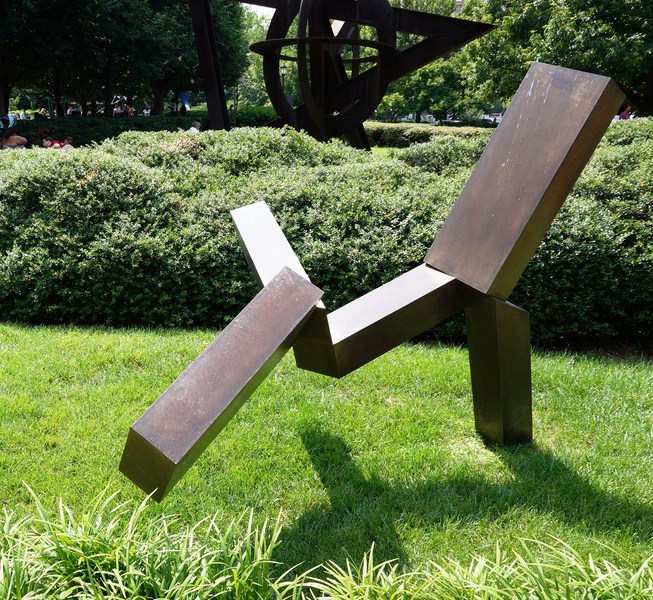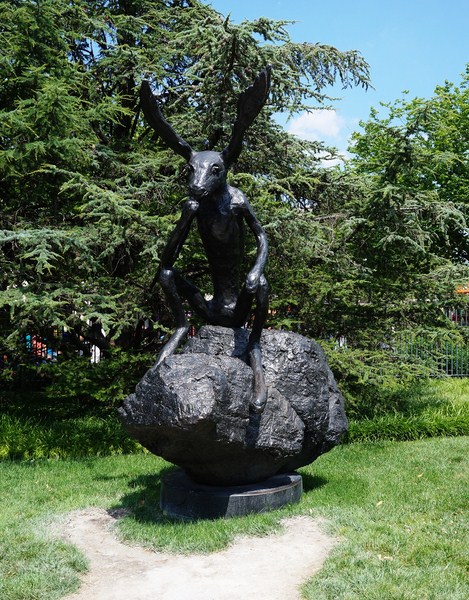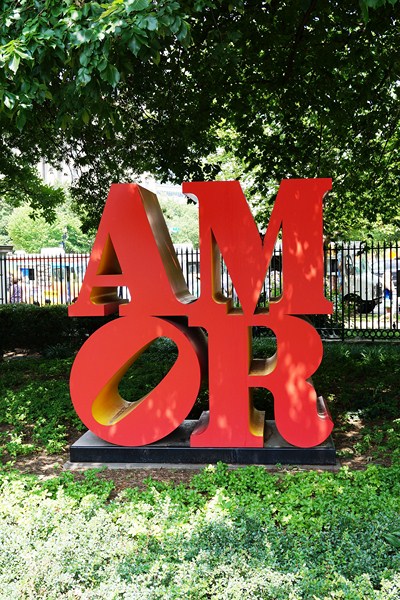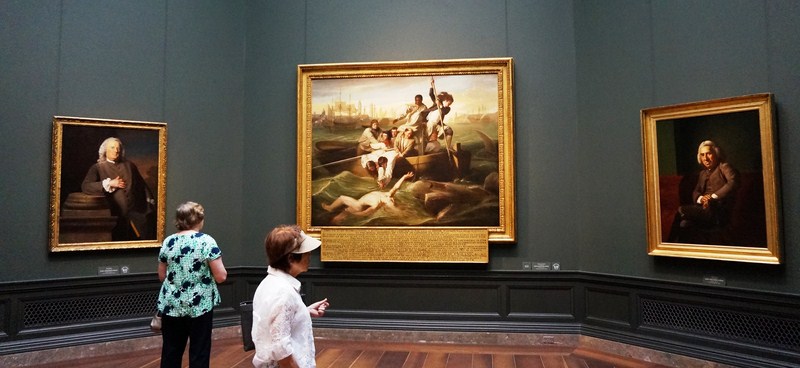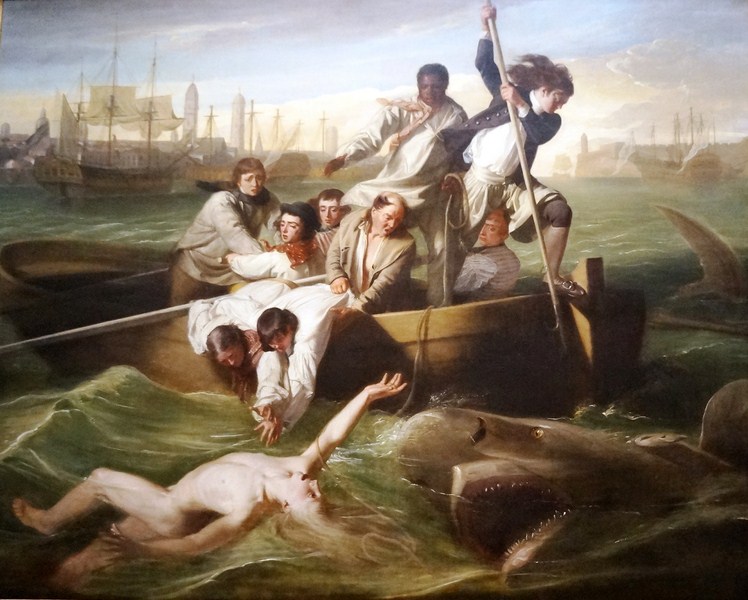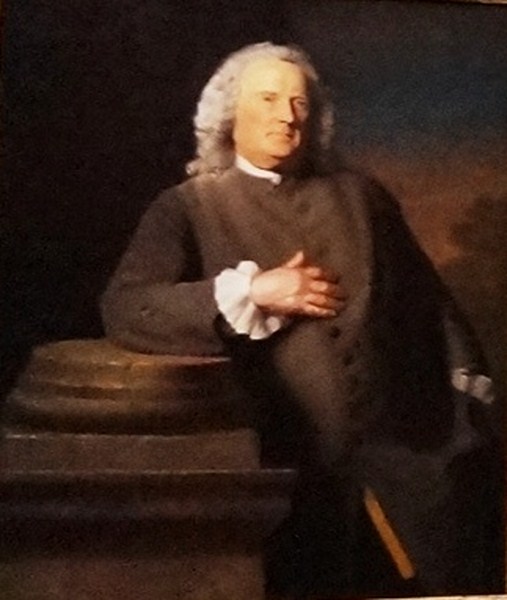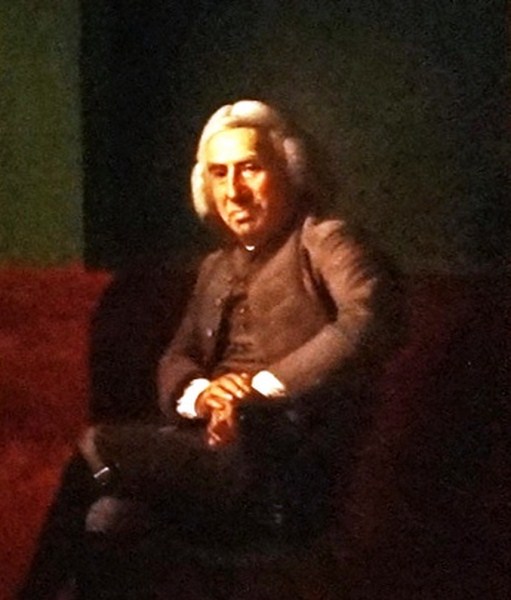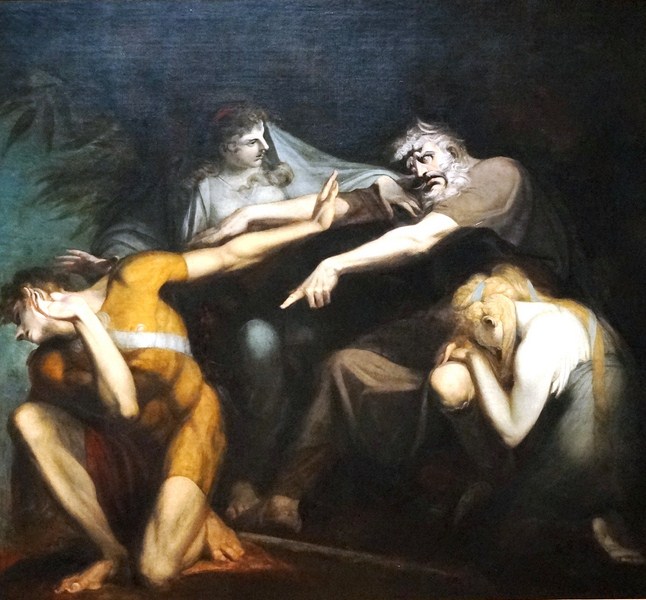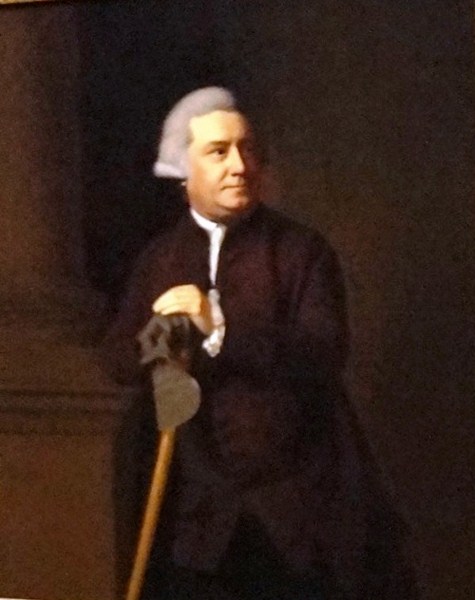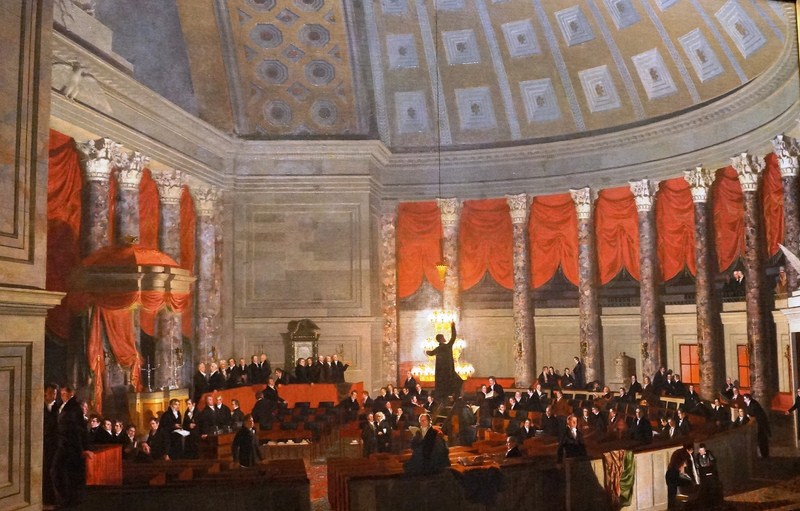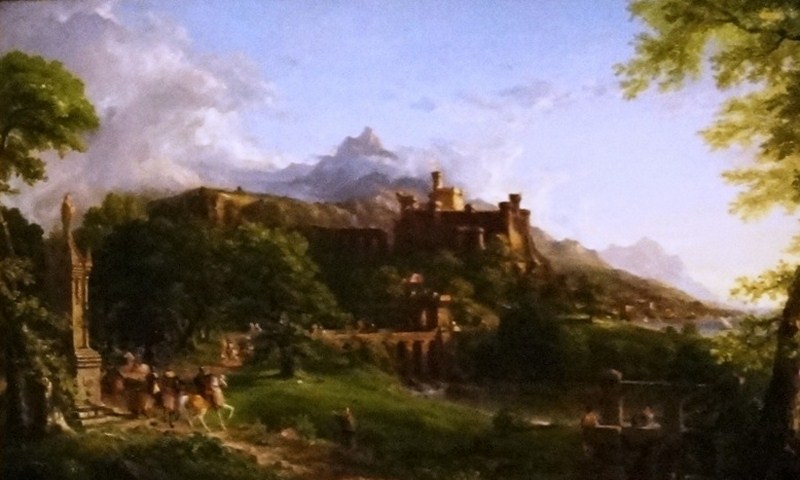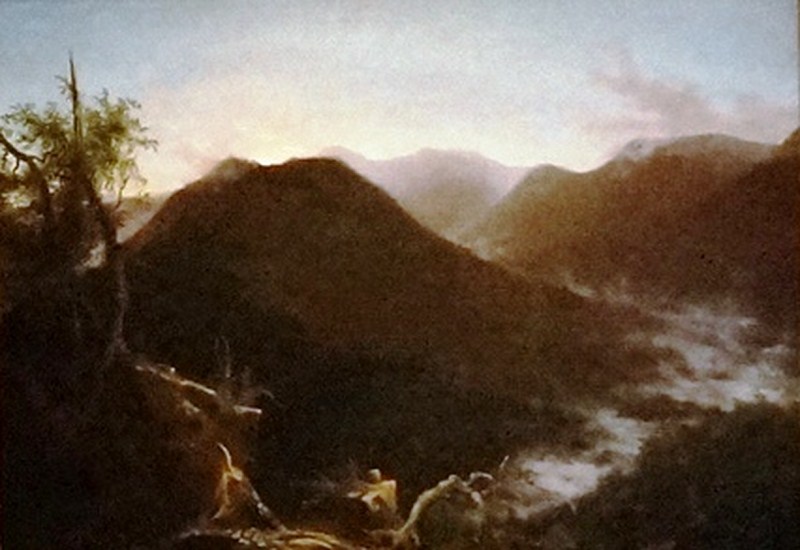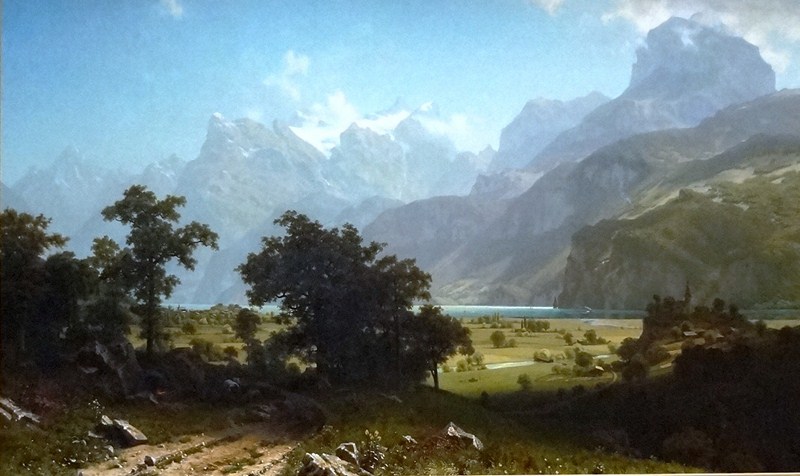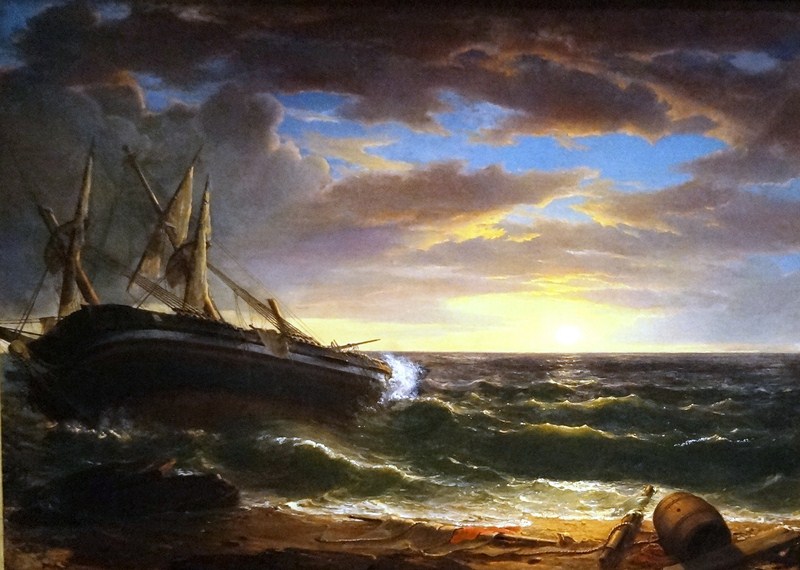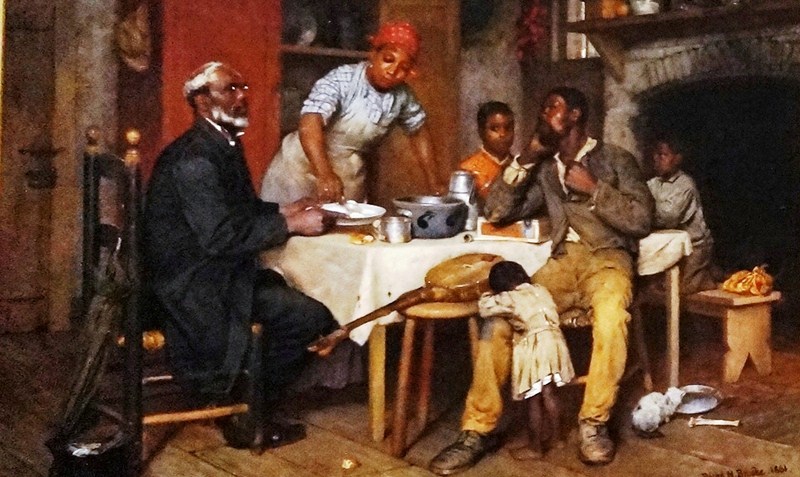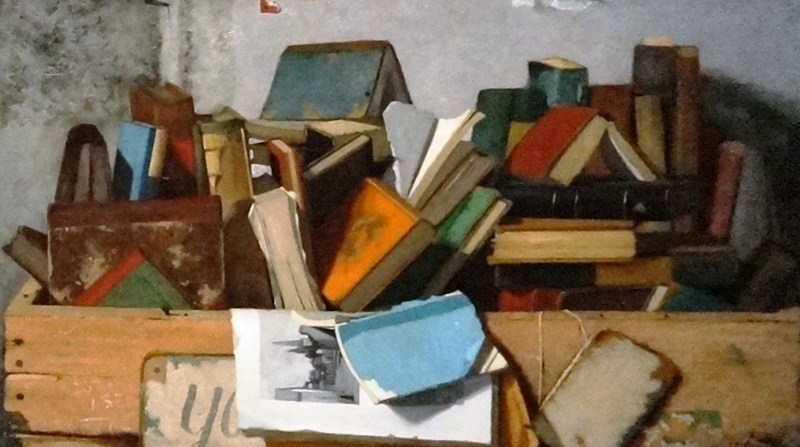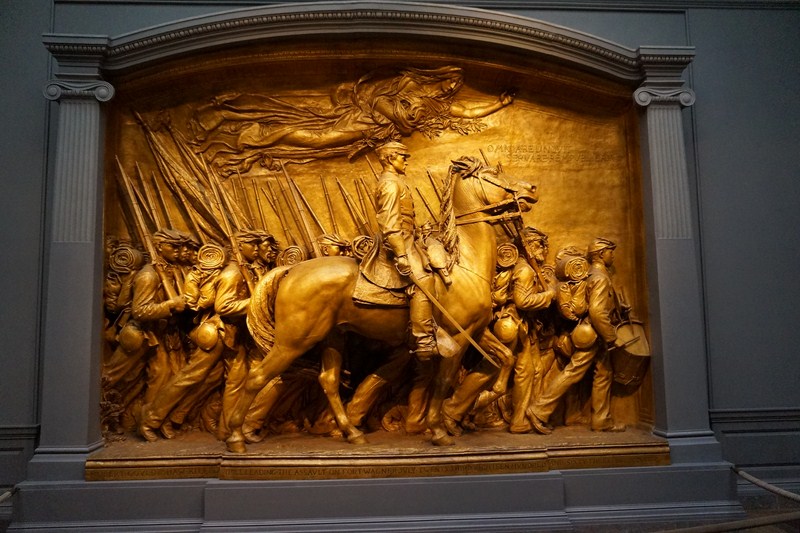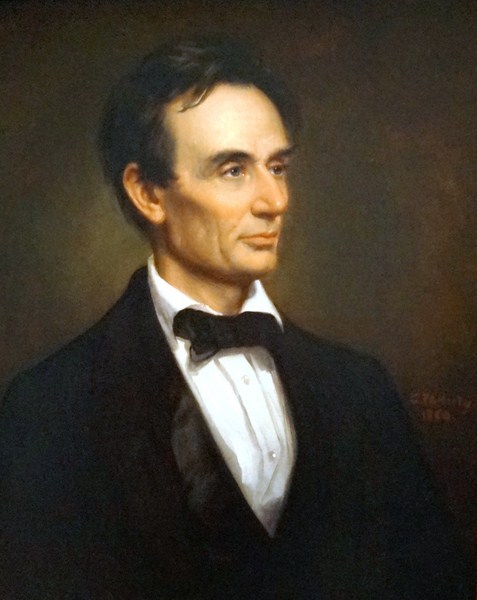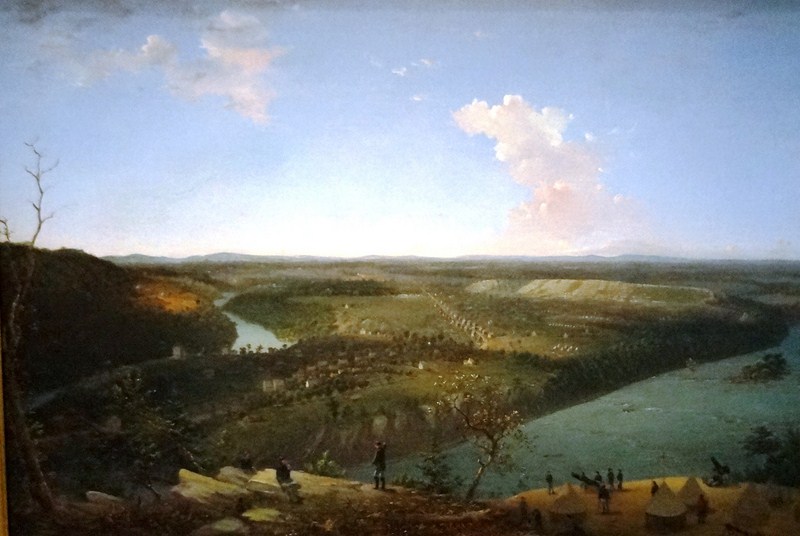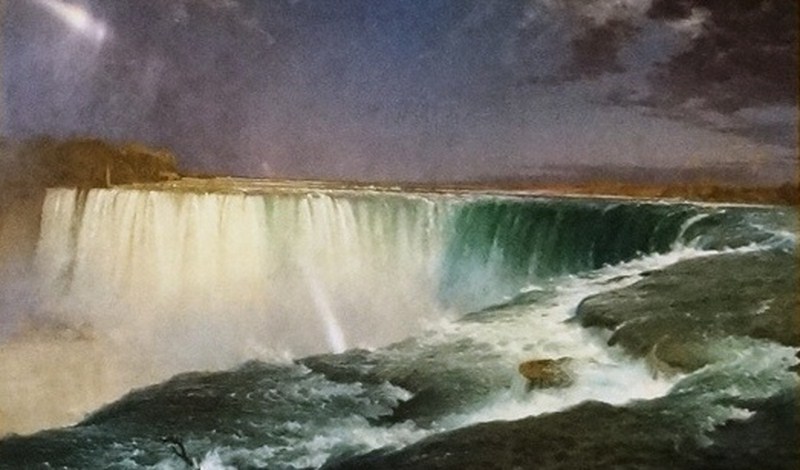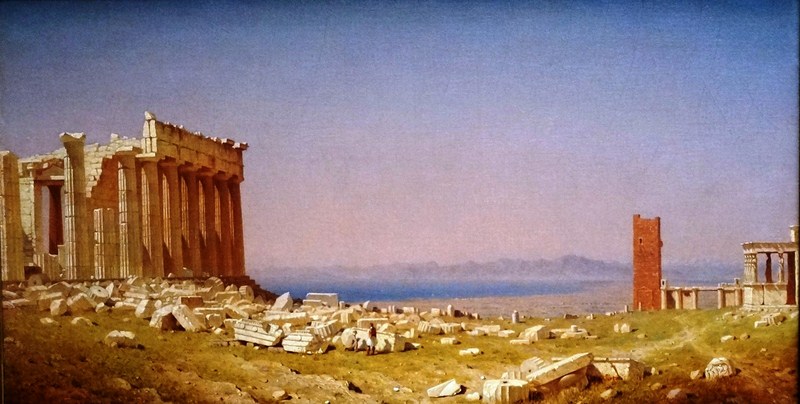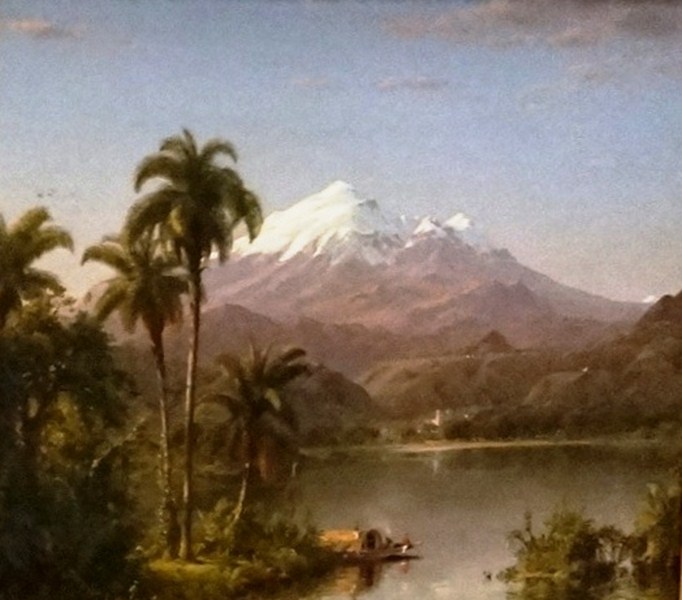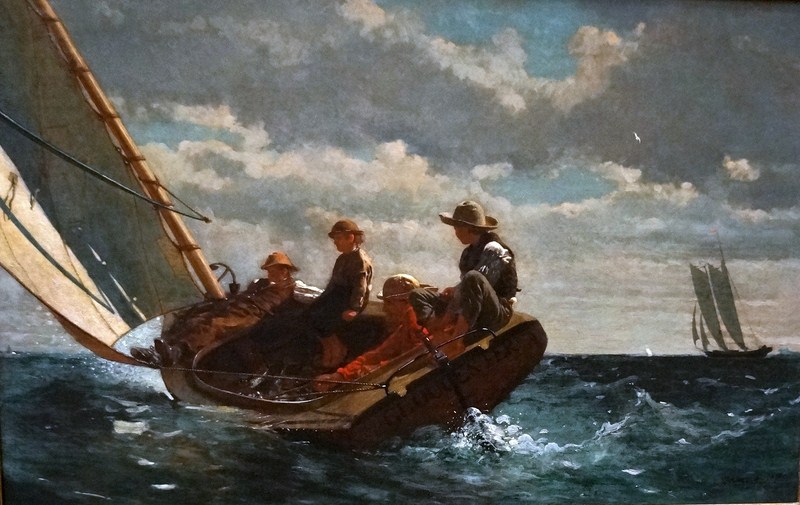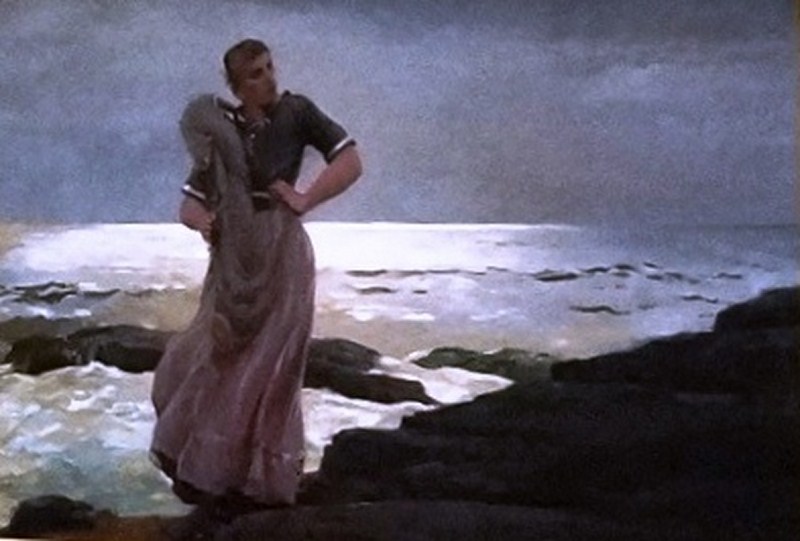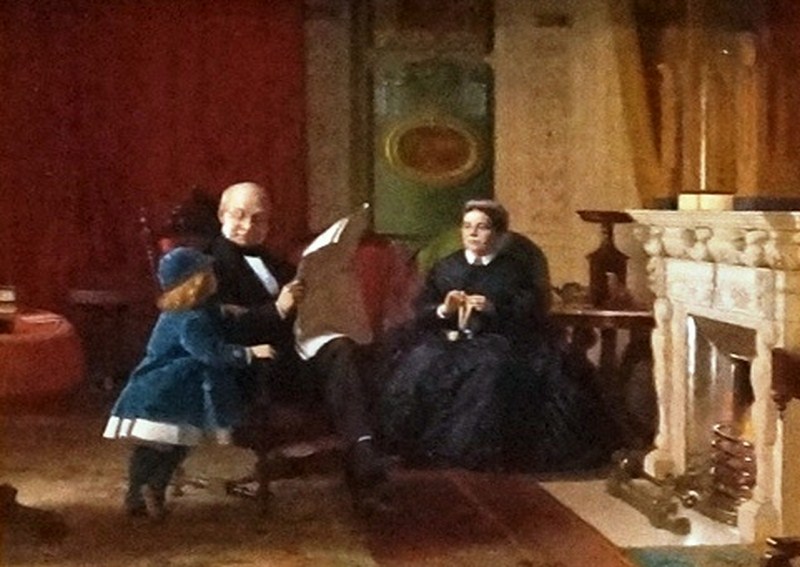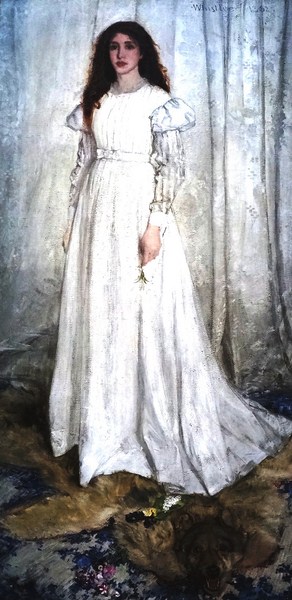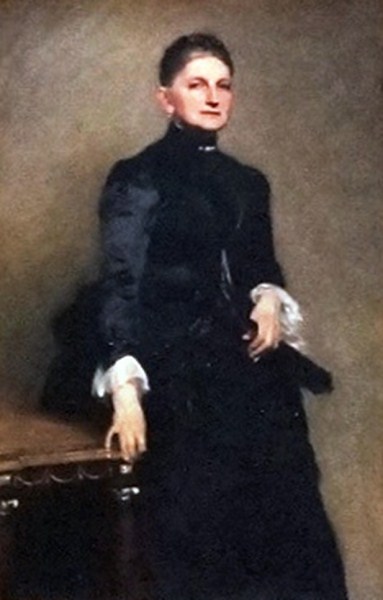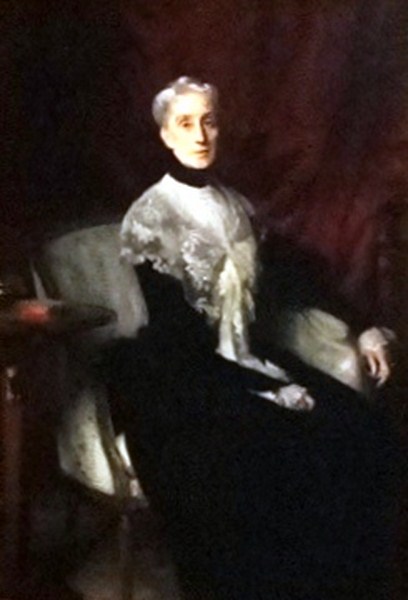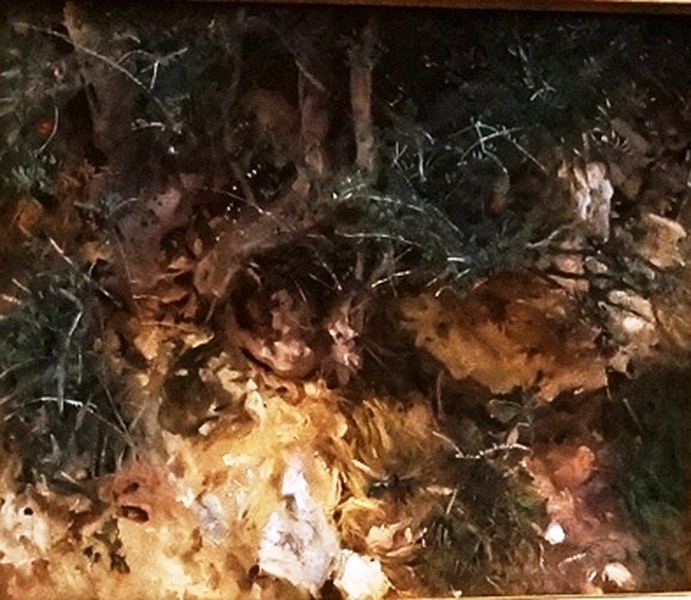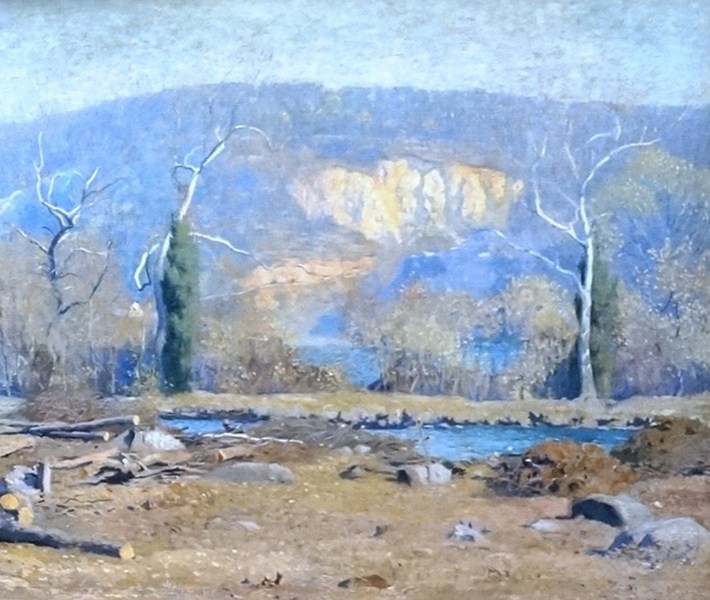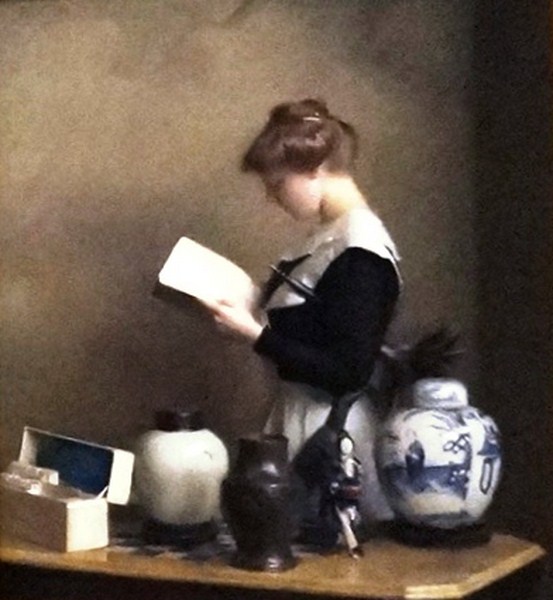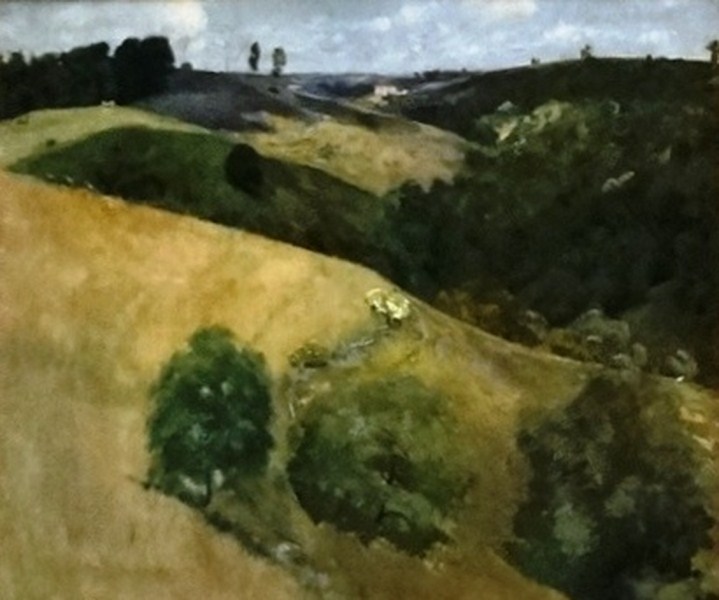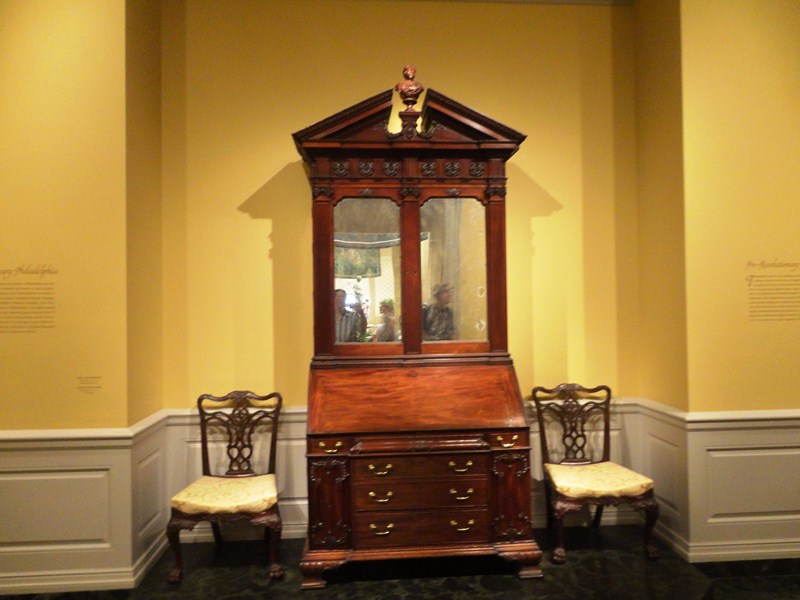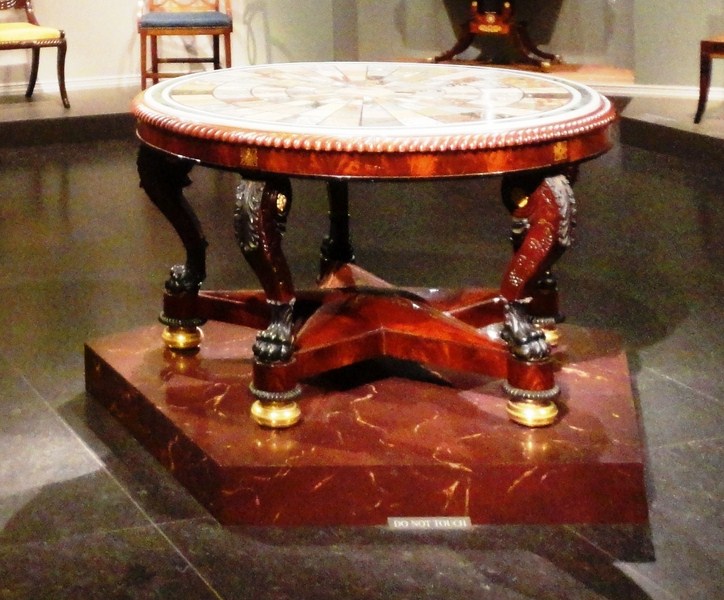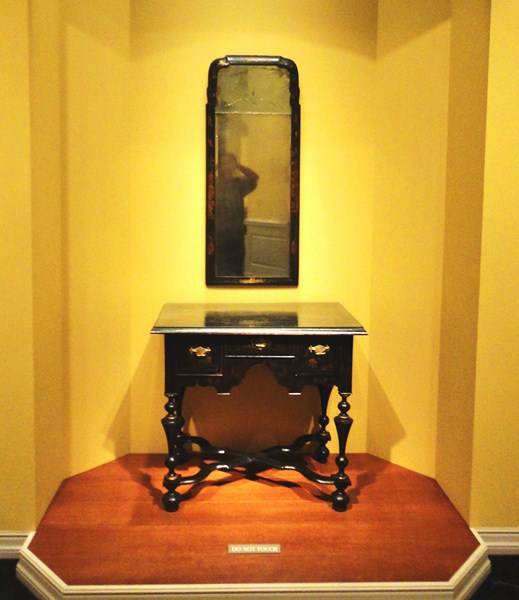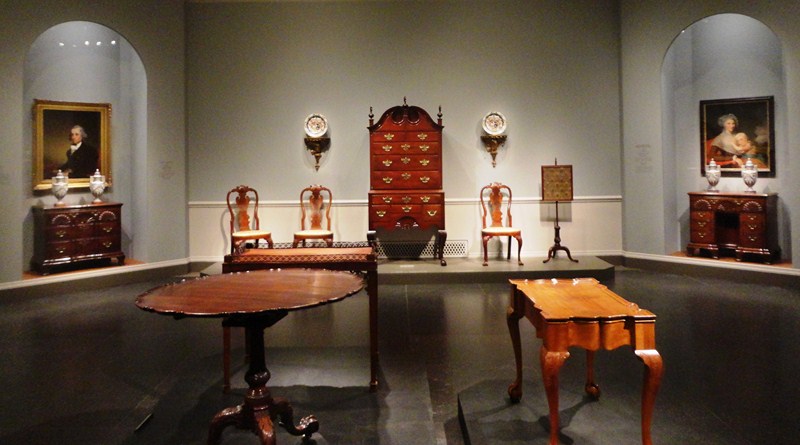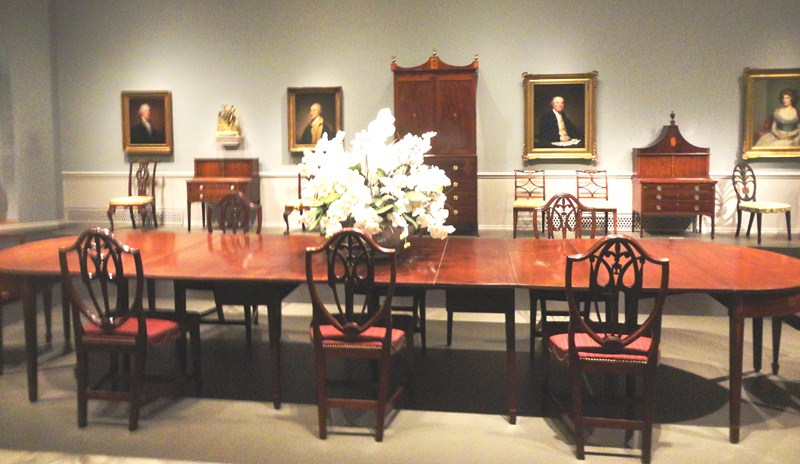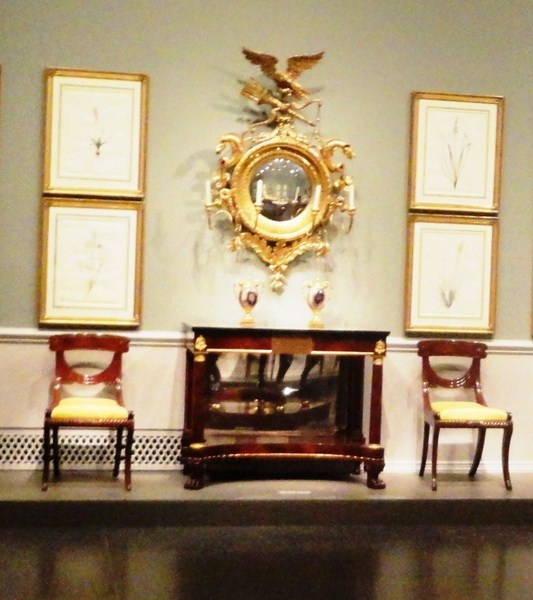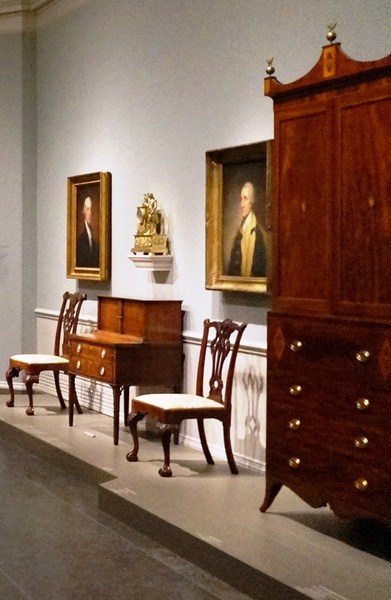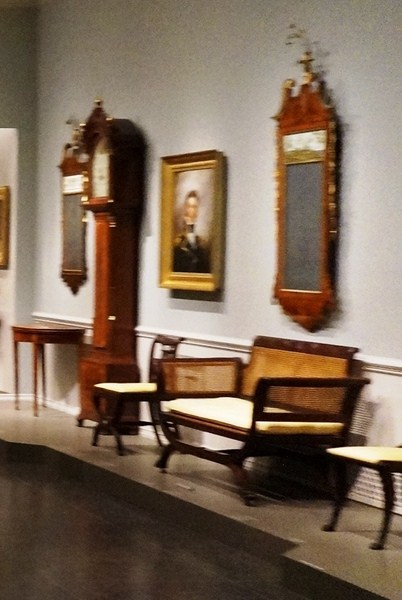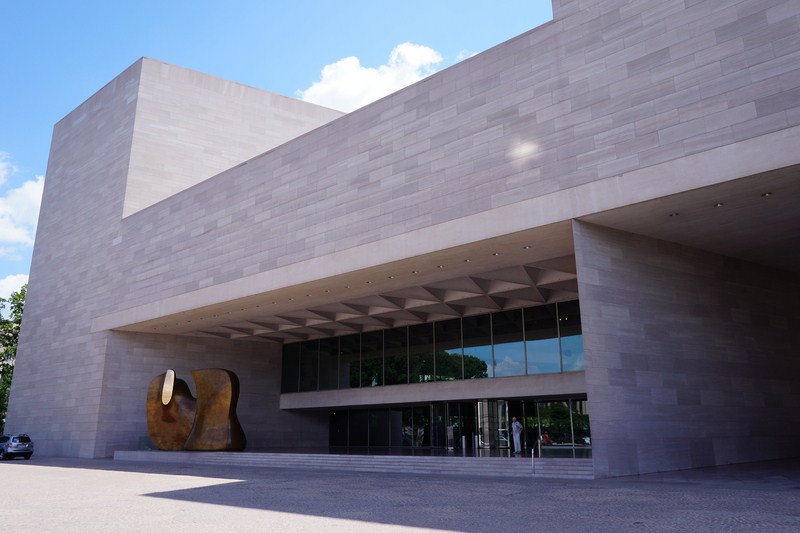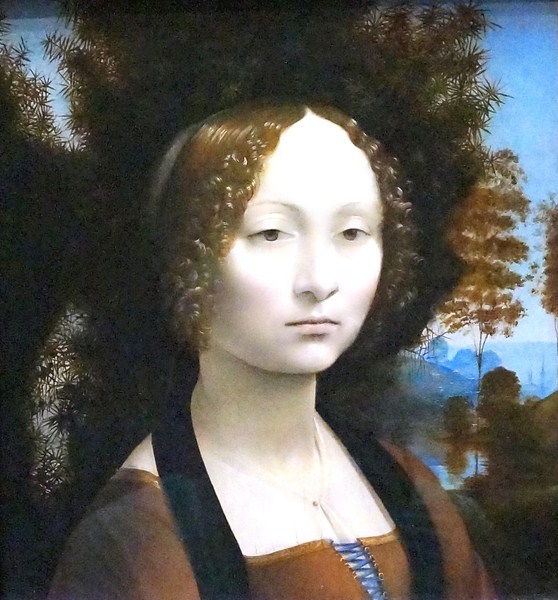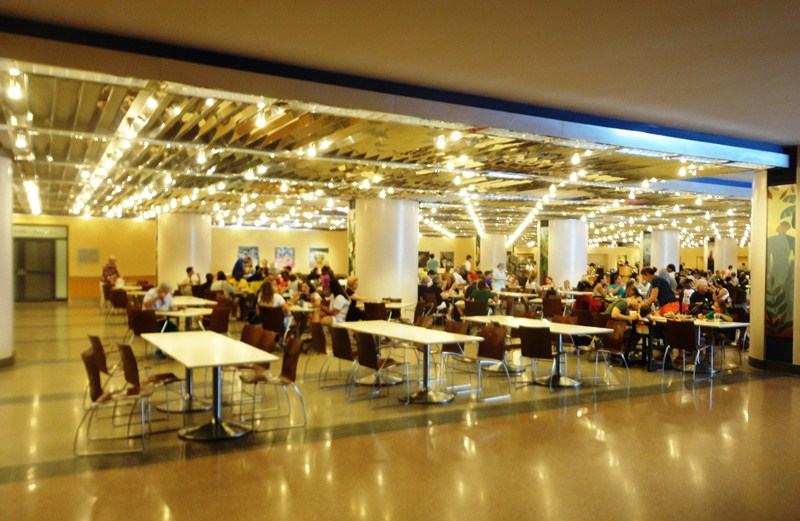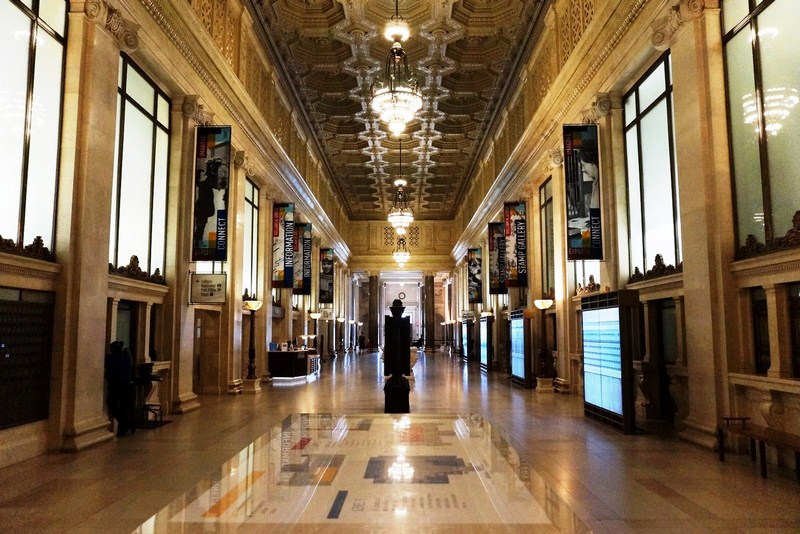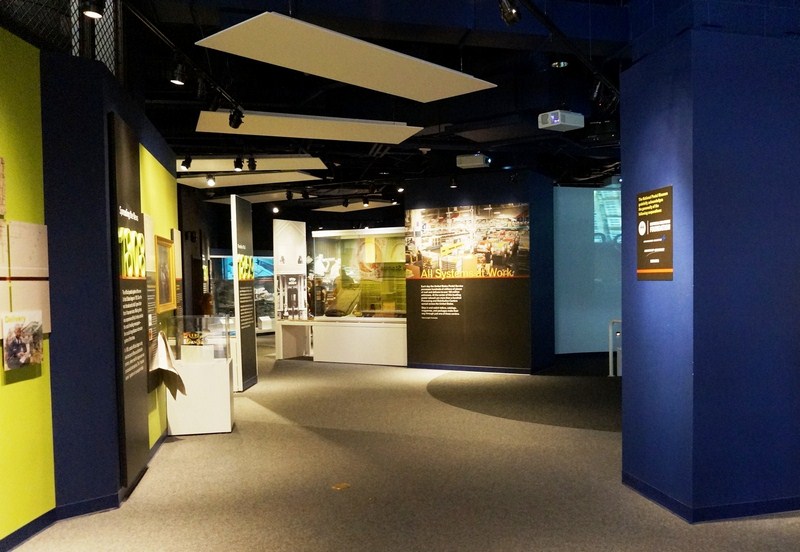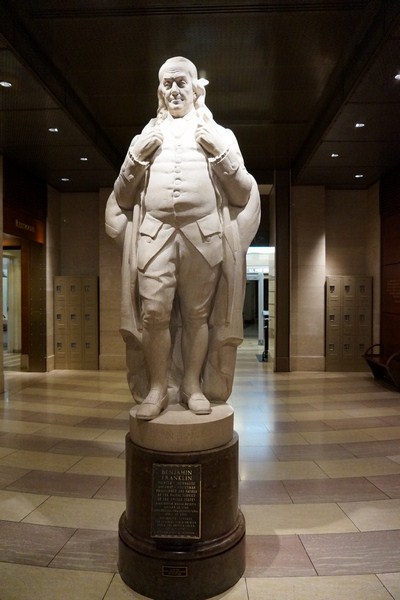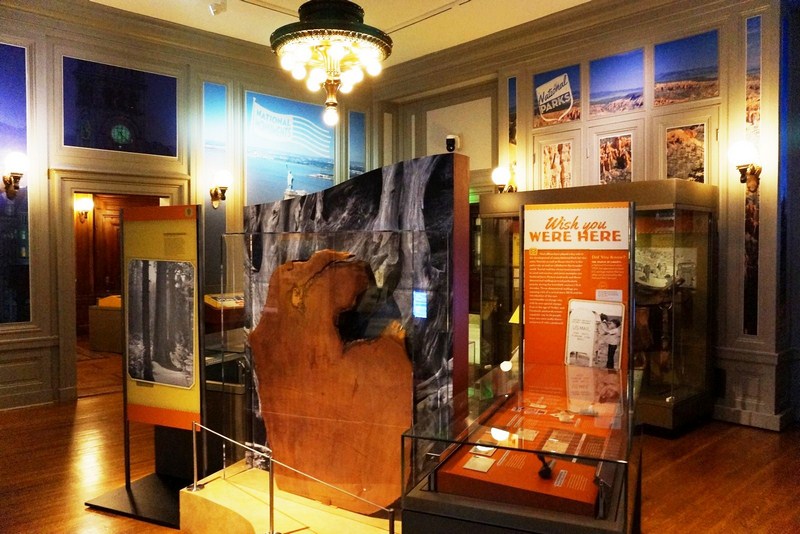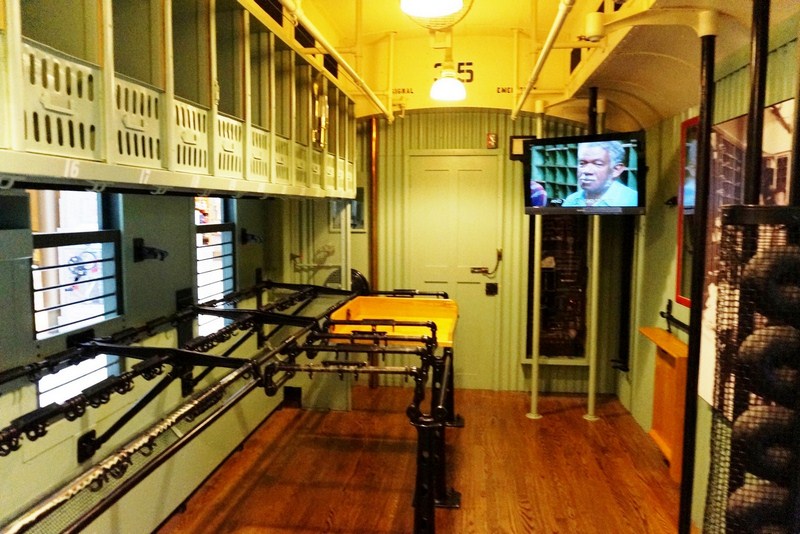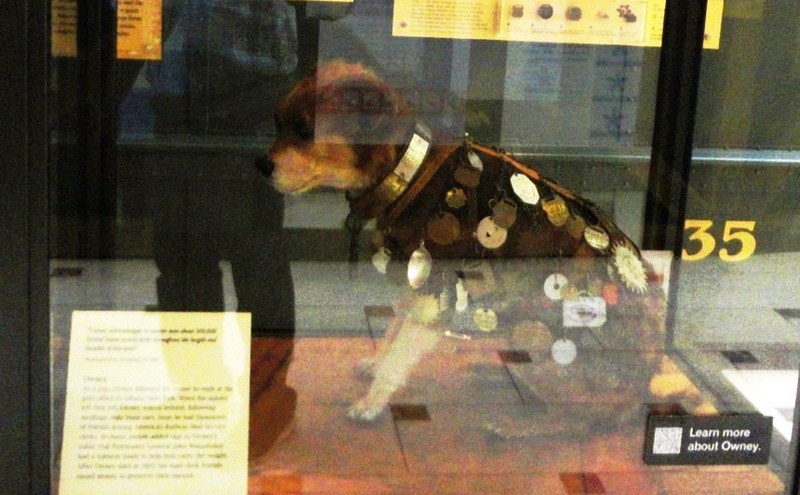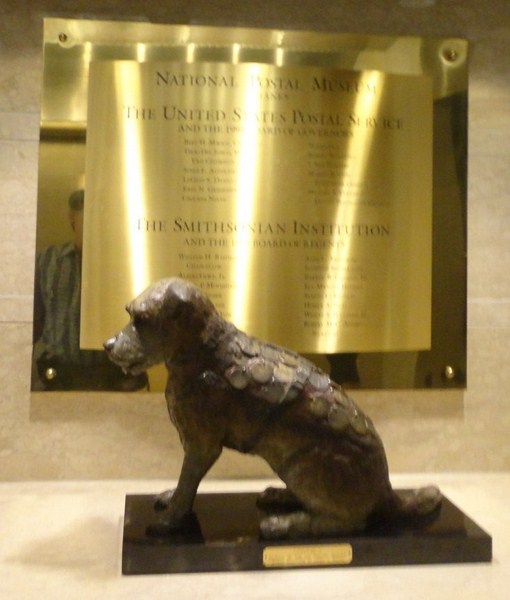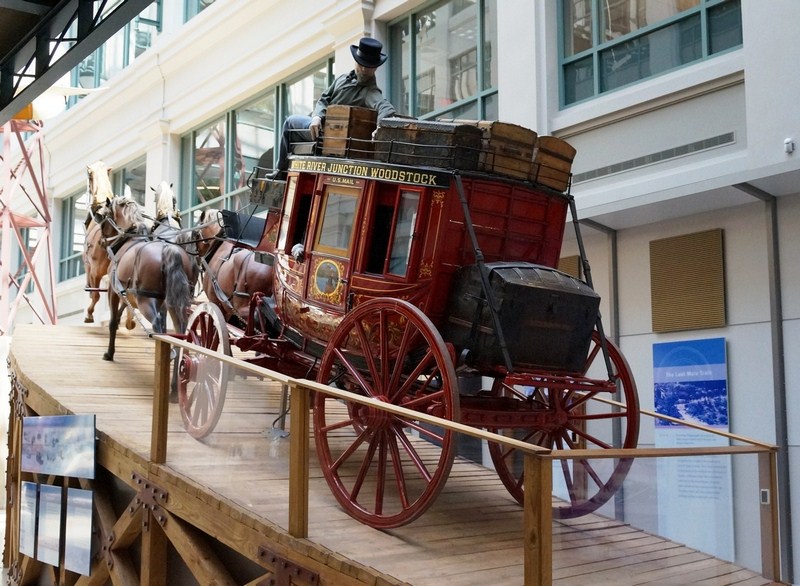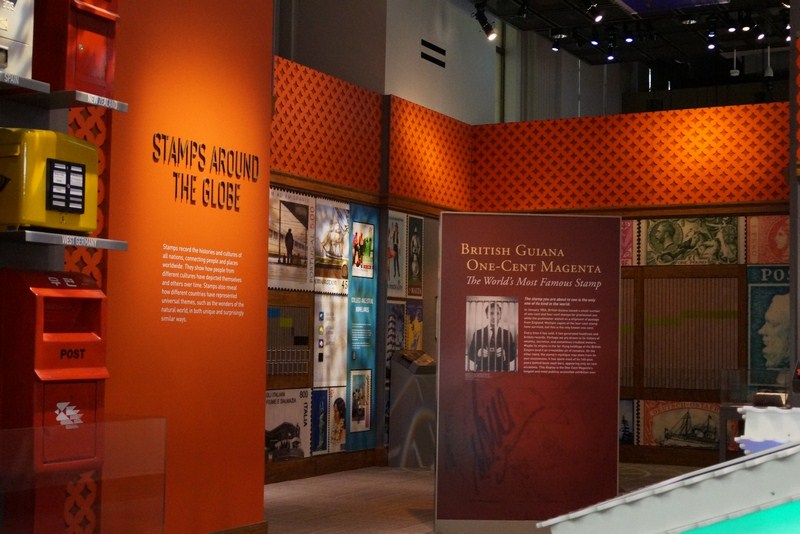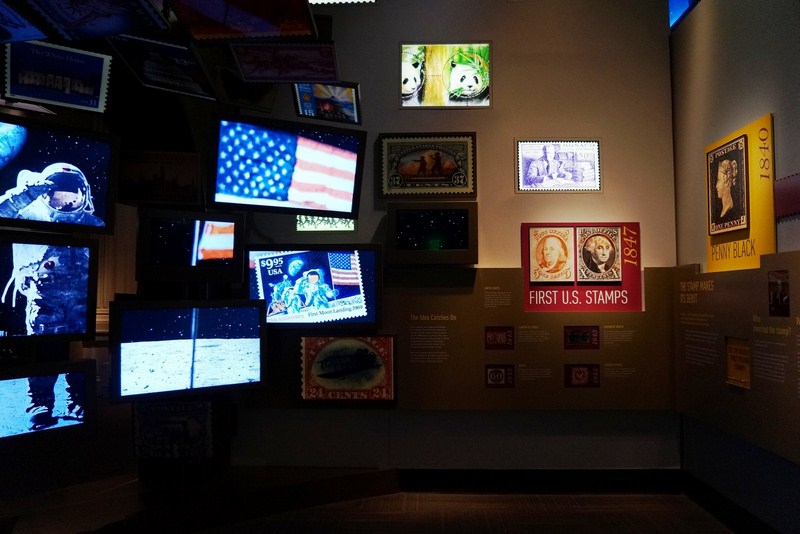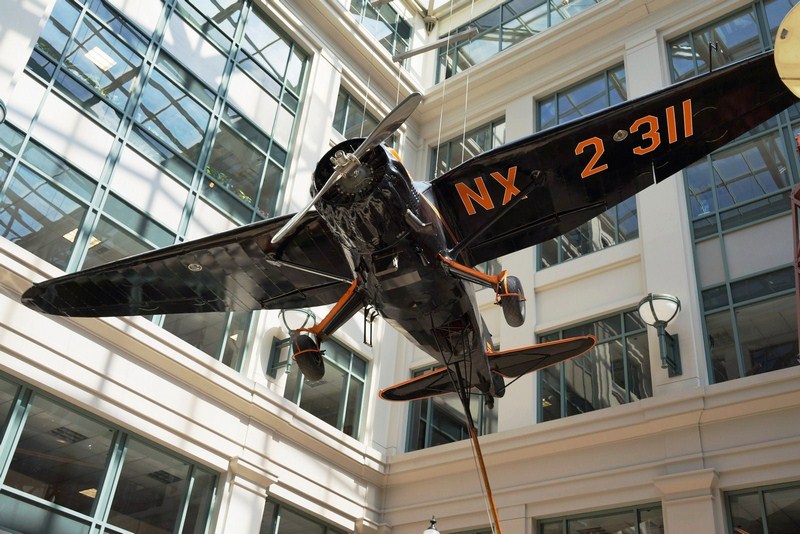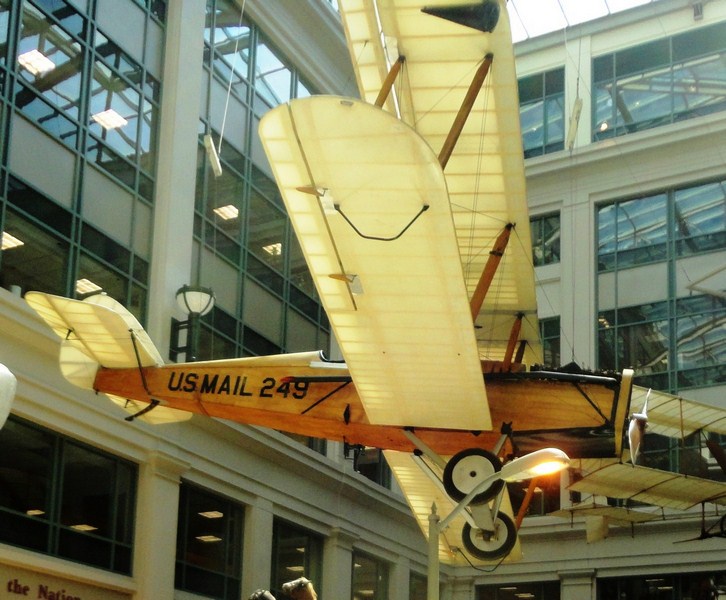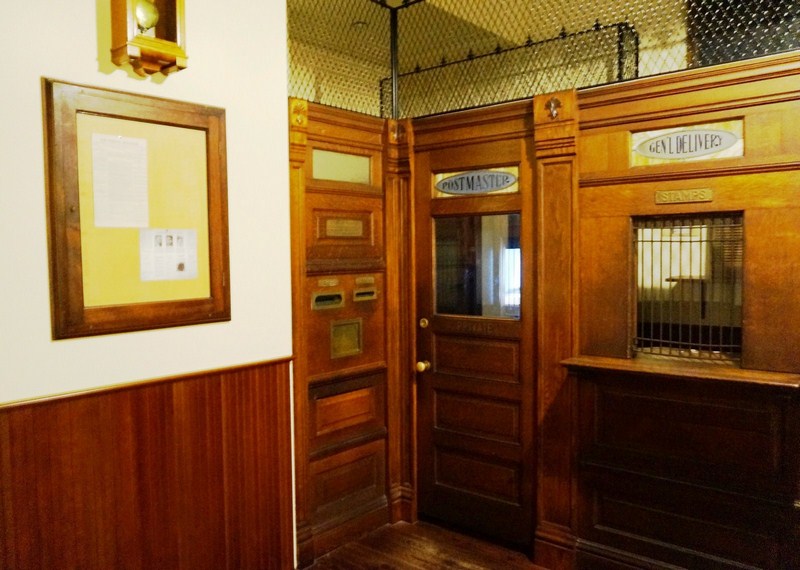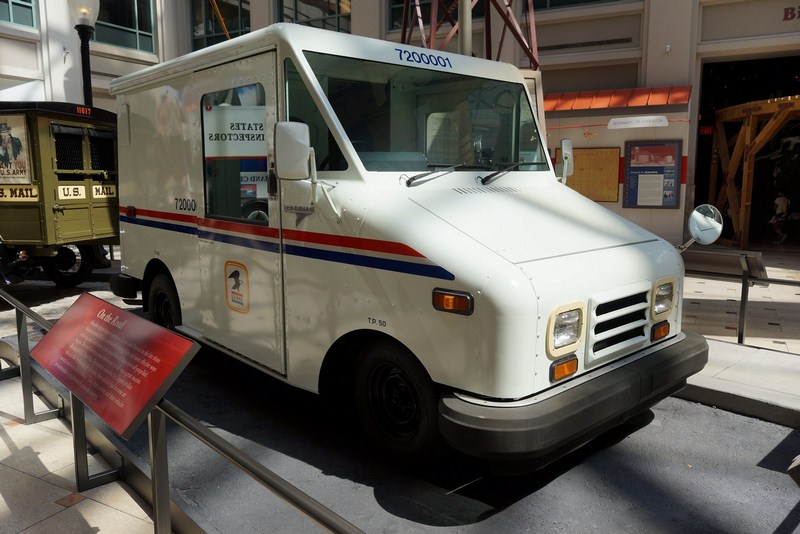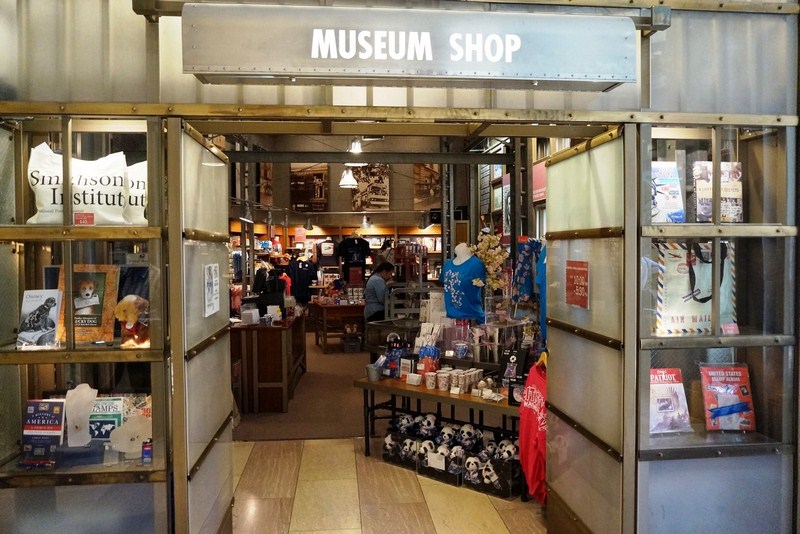The Smithsonian American Art Museum (commonly known as SAAM), formerly called the Smithsonian Art Collection, National Gallery of Art (not to be confused with the current National Gallery of Art), National Collection of Fine Arts, and National Museum of American Art, is a part of the Smithsonian Institution.
The museum adopted its current name in October 2000. Together with the Renwick Gallery, its branch museum, SAAM holds one of the world’s largest and most inclusive collections of art (from the Colonial period to the present) made in the United States.
Most exhibitions in the museum take place in the old Patent Office Building (shared with the National Portrait Gallery), the museum’s main building which contains expanded permanent-collection galleries and public spaces. The craft-focused exhibitions are shown in the Renwick Gallery.
SAAM, describing itself as being “dedicated to collecting, understanding, and enjoying American art,” celebrates the extraordinary creativity of artists whose works reflect the American experience and global connections.
Through its national education program, the museum provides electronic resources to schools and the public, maintaining seven online research databases with more than 500,000 records, including the Inventories of American Painting and Sculpture that document more than 400,000 artworks in public and private collections worldwide.
Since 1951, the museum has maintained a traveling exhibition program and, as of 2013, more than 2.5 million visitors have seen the exhibitions.
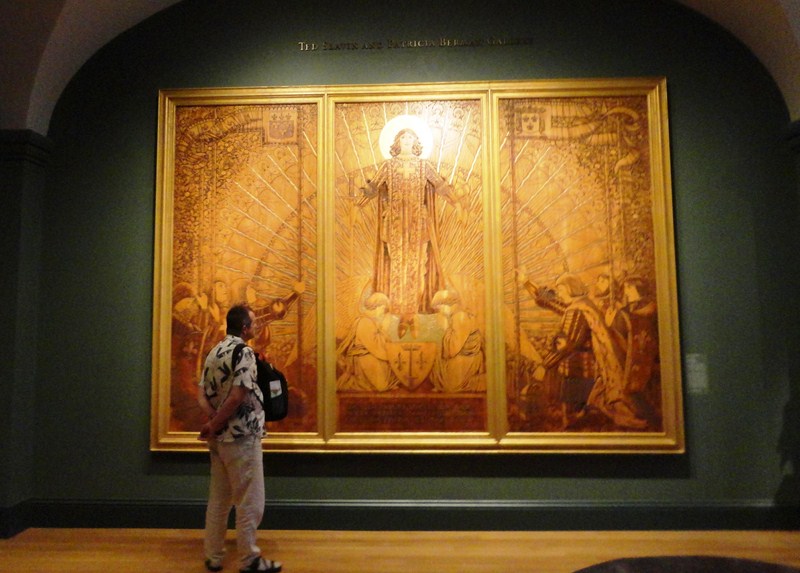
Adoration of St. Joan of Arc – a fire-etched wood relief by J. William Fosdick in 1910 to appeal to wealthy industrialists who favored richly designed interiors and uplifting art. Fosdick tapped into the fantasy of a more spiritual past and, when it was exhibited, it was praised for craftsmanship that rivaled a Medieval masterwork.
The collection, first on display in the original Smithsonian Building (now nicknamed the “Castle”), was begun in 1829 and grew as the Smithsonian buildings grew, with the collection housed in one or more Smithsonian buildings on the National Mall.

“America Receiving the Nine Muses,” by Thomas Wilmer Dewing, was painted on an imposing, gilded Steinway piano and presented to Pres. Theodore Roosevelt in 1903. Painted on the piano’s lid, it merged the Classical theme of the Muses, with America as the new standard bearer of Western culture, and is decked out in symbols of Americana, from eagles to garlands to the coats-of-arms of the first thirteen states.
By the 1920s, space had become critical and, in order to display its collection of fine art, The Smithsonian renovated the Old Patent Office Building in Washington, D.C.’s downtown cultural district. In 1968, in its current location, the Smithsonian American Art Museum was opened to the public.
Check out “Smithsonian Castle”

“Preamble,” a show of American ingenuity by Mike Wilkins created in 1959 to mark the Constitution’s bicentennial, is a 1,000-piece puzzle using a collection of vanity license plates, from all 50 states and the District of Columbia, to phonetically spell out the preamble to the US Constitution in abbreviated script.
Now the Smithsonian American Art Museum’s main building, it is now a National Historic Landmark. An example of Greek Revival architecture, it was designed by architects Robert Mills and Thomas U. Walter.
The building was restored during the 1990s and, during the 2000-2006 renovation, many of the building’s exceptional architectural features were restored including the porticos modeled after the Parthenon in Athens, a curving double staircase, colonnades, vaulted galleries, large windows and skylights as long as a city block.
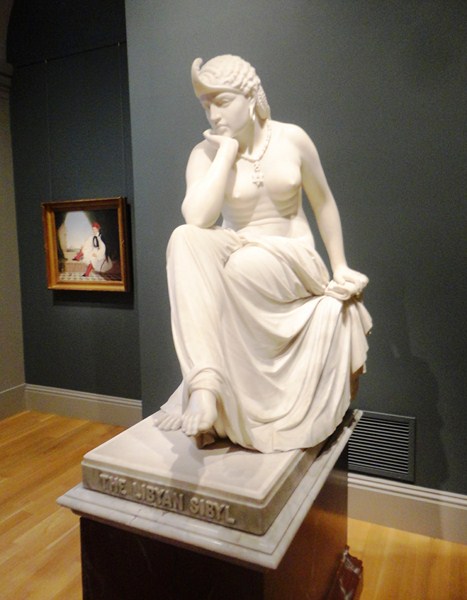
The Libyan Sibyl, by William Wetmore Story, (1861-68, marble), was inspired by events leading up to the Civil War. Described by Story as “my anti-slavery sermon in stone,” it depicts the Libyan Sibyl, the eldest of the legendary prophetesses of antiquity, as she foresees the terrible fate of the African people.
During the renovation, the Lunder Conservation Center, the Luce Foundation Center for American Art, the Nan Tucker McEvoy Auditorium and the Robert and Arlene Kogod Courtyard were also added to the building.
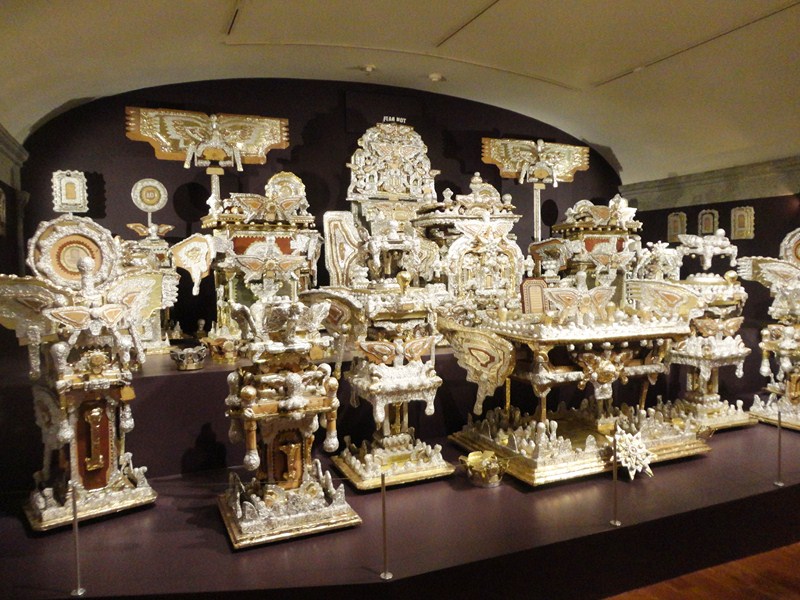
The Throne of the Third Heaven of the Nations’ Millennium General Assembly, a complex work of art created by James Hampton over a period of 14 years (1950-64), is an array based on several religious visions that prompted him to prepare for Christ’s return to earth. The “third heaven” is based on scriptures citing it as the “heaven of heavens” — God’s realm.
The renovation of the building was completed on July 1, 2006 and, in 2008, the American Alliance of Museums awarded reaccreditation to the Smithsonian American Art Museum.
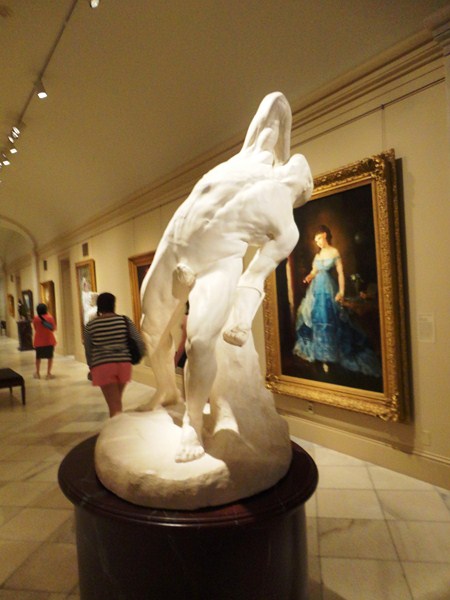
The Falling Gladiator, by William Rimmer, was based on a sculpture, from ancient Greece and Rome, of a mortally wounded man. This subject echoed the suffering of the United States on the eve of the Civil War. When the artist began work in January of 1861, six states had seceded from the Union, and the attack on Fort Sumter was just three months away.
The museum has a broad variety of American art, with more than 7,000 artists represented, and covers all regions and art movements found in the United States.
SAAM contains the world’s largest collection of New Deal art; a collection of contemporary craft, American impressionist paintings, and masterpieces from the Gilded Age; photography, modern folk art, works by African American and Latino artists, images of western expansion, and realist art from the first half of the twentieth century.
Among the significant artists represented in its collection are Nam June Paik, Jenny Holzer, David Hockney, Georgia O’Keeffe, John Singer Sargent, Albert Pinkham Ryder, Albert Bierstadt, Frances Farrand Dodge, Edmonia Lewis, Thomas Moran, James Gill, Edward Hopper, John William “Uncle Jack” Dey, Karen LaMonte and Winslow Homer.
The museum has two innovative public spaces, both opened in July 2000. The 20,400 sq. ft. Luce Foundation Center, on the third and fourth floors of American Art Museum, is the fourth center to bear the Luce Family name and the first visible art storage study center Washington, D.C..
It allows visitors and patrons to browse more than 3,300 works of various niche art, usually not part of a main exhibition or gala special, in 64 secure glass cases which quadruples the number of artworks from the permanent collection on public view.
It features paintings d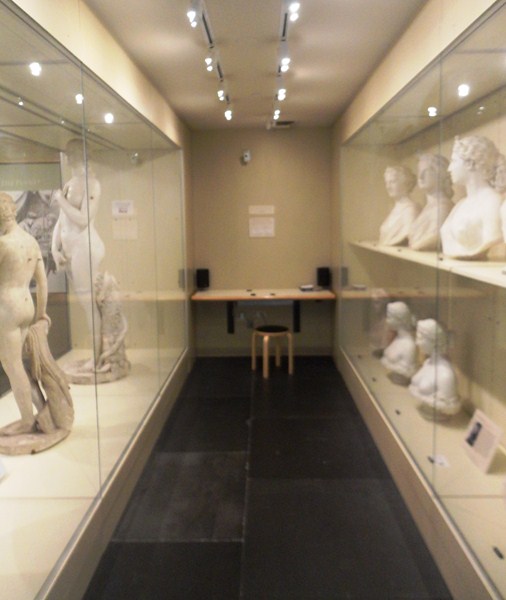 ensely hung on screens; sculptures; crafts and objects by folk and self-taught artists arranged on shelves. Large-scale sculptures are installed on the first floor. The center has John Gellatly’s European collection of decorative arts.
ensely hung on screens; sculptures; crafts and objects by folk and self-taught artists arranged on shelves. Large-scale sculptures are installed on the first floor. The center has John Gellatly’s European collection of decorative arts.
The Lunder Conservation Center is the first art conservation facility to allow the public permanent behind-the-scenes views of the preservation work of museums. Through floor-to-ceiling glass walls, conservation staff is visible to the public, allowing visitors to see, firsthand, all the techniques which conservators use to examine, treat, and preserve artworks.
The center has five conservation laboratories and studios equipped to treat paintings, prints, drawings, photographs, sculptures, folk art objects, contemporary crafts, decorative arts, and frames, using various specialized and esoteric tools, such as hygrothermographs, to maintain optimal temperature and humidity to preserve works of art.
The Center Staff from both the Smithsonian American Art Museum and the National Portrait Gallery work in the Lunder Center.
Smithsonian American Art Museum: 8th & F Streets NW, Washington, D.C.. Coordinates: 38°53′52″N 77°01′24″W.


